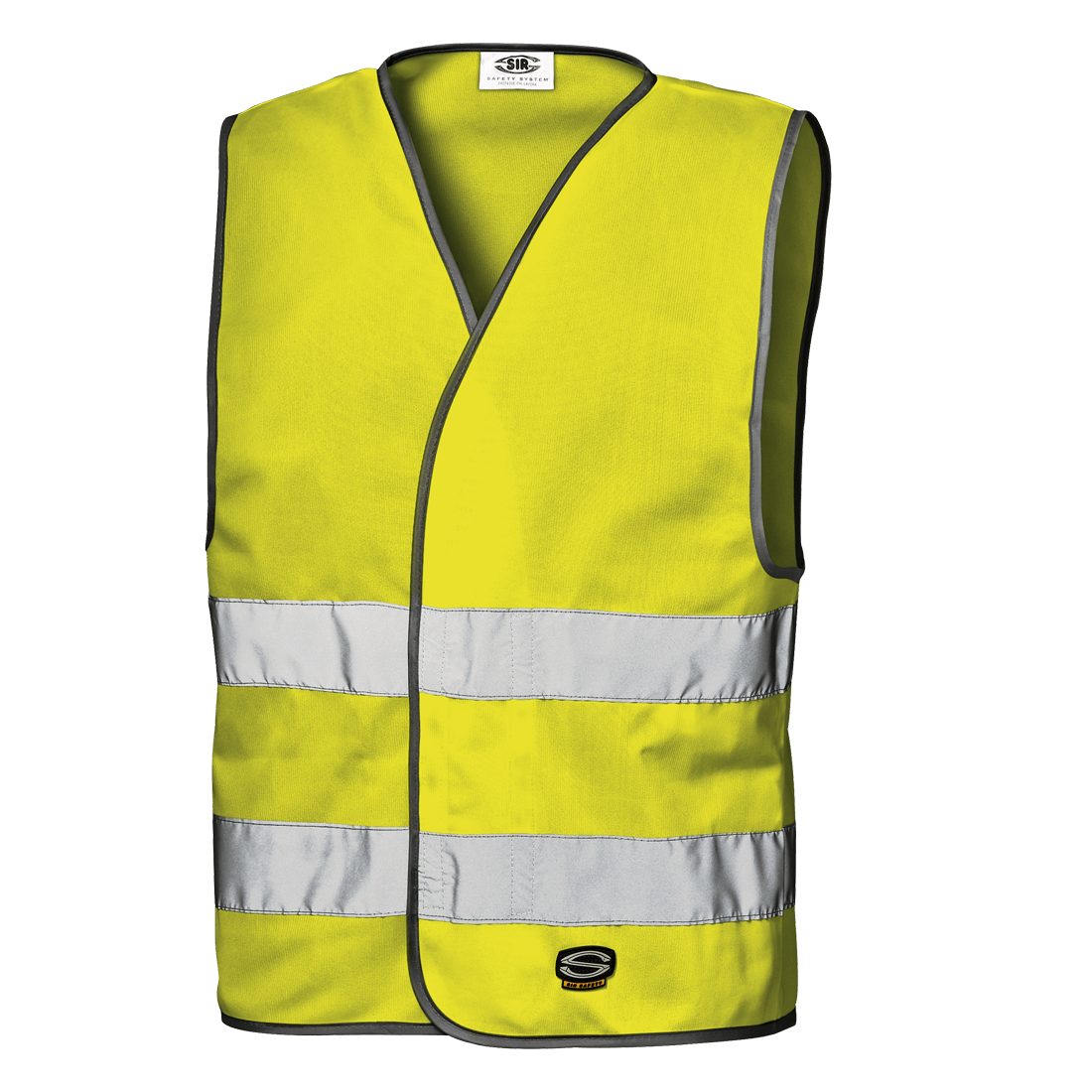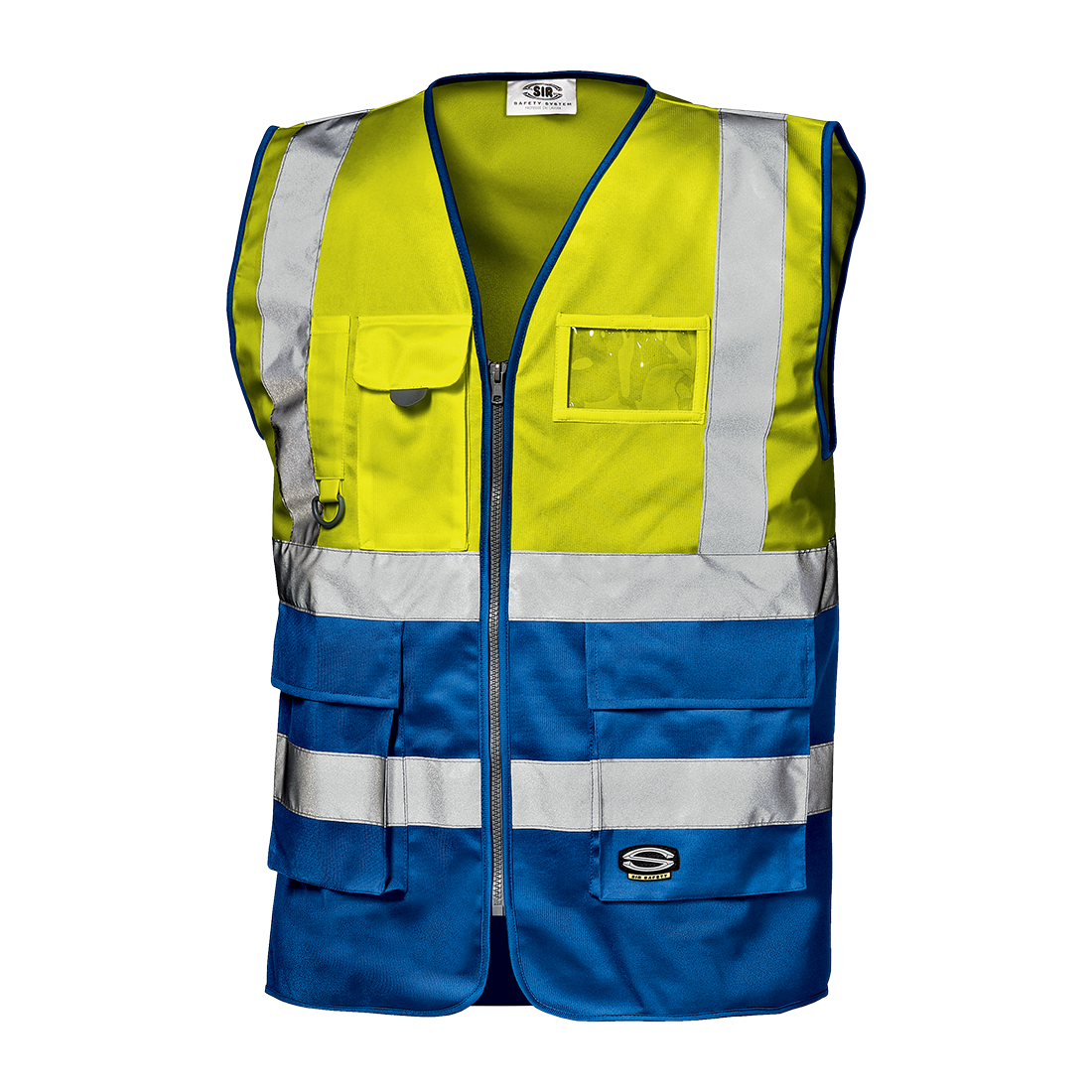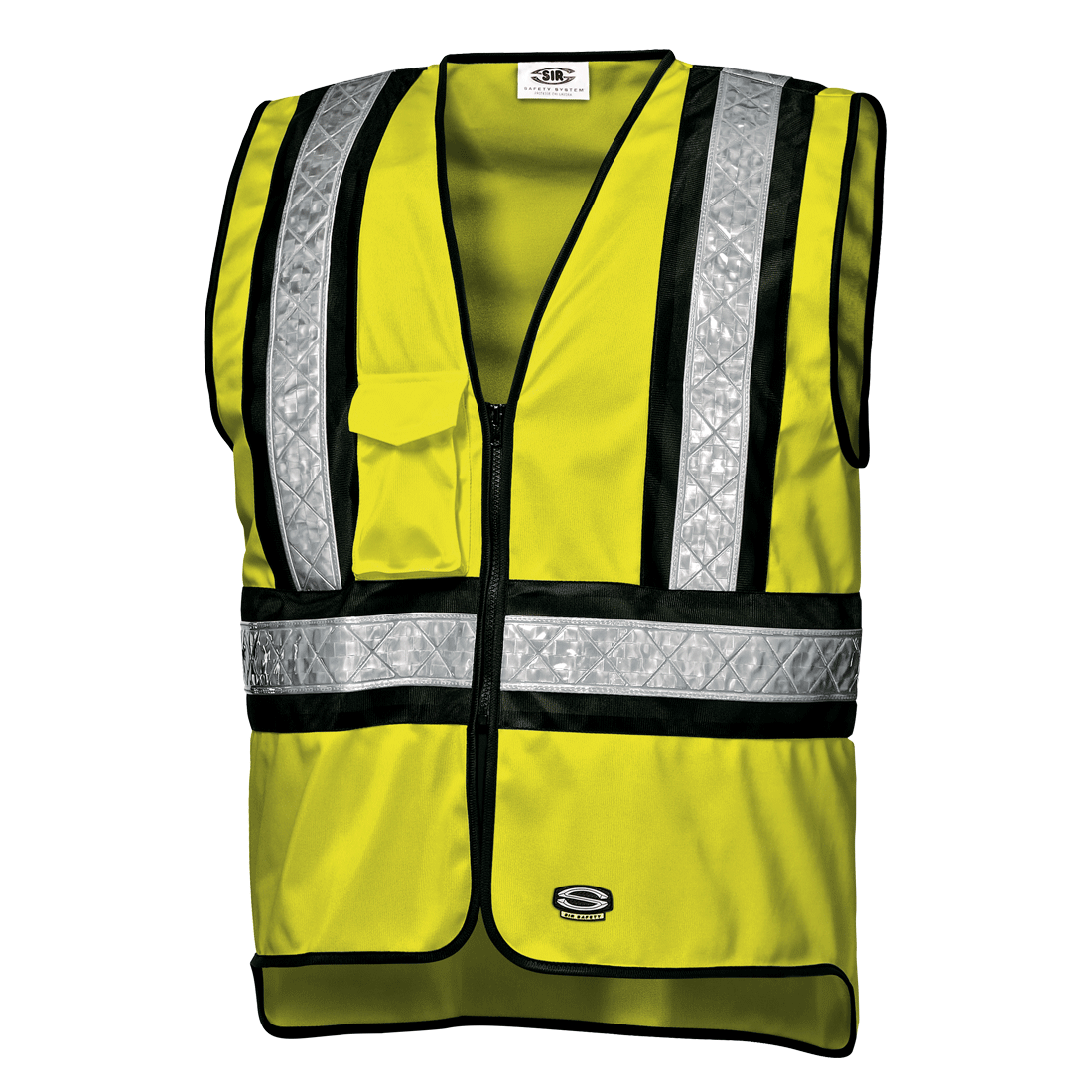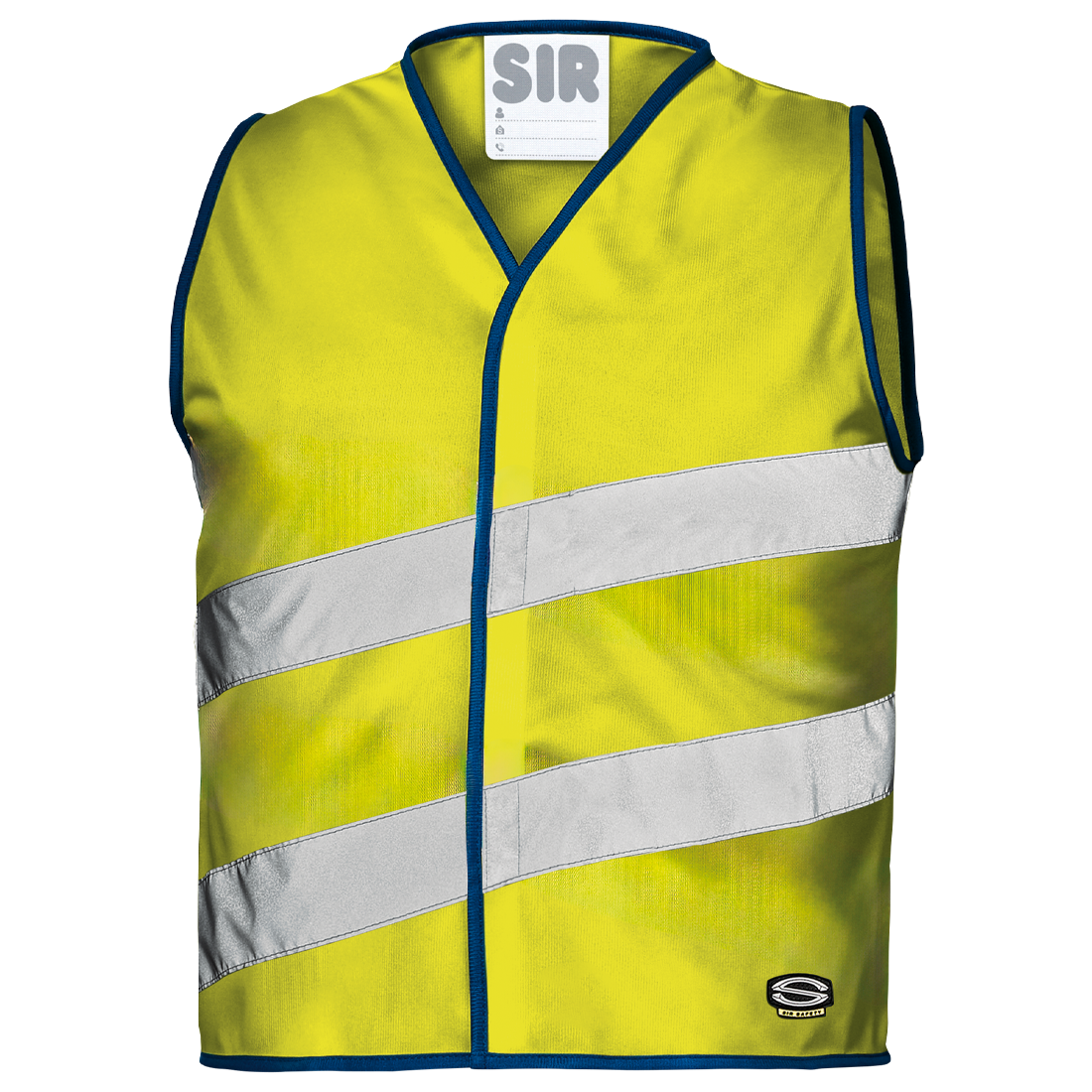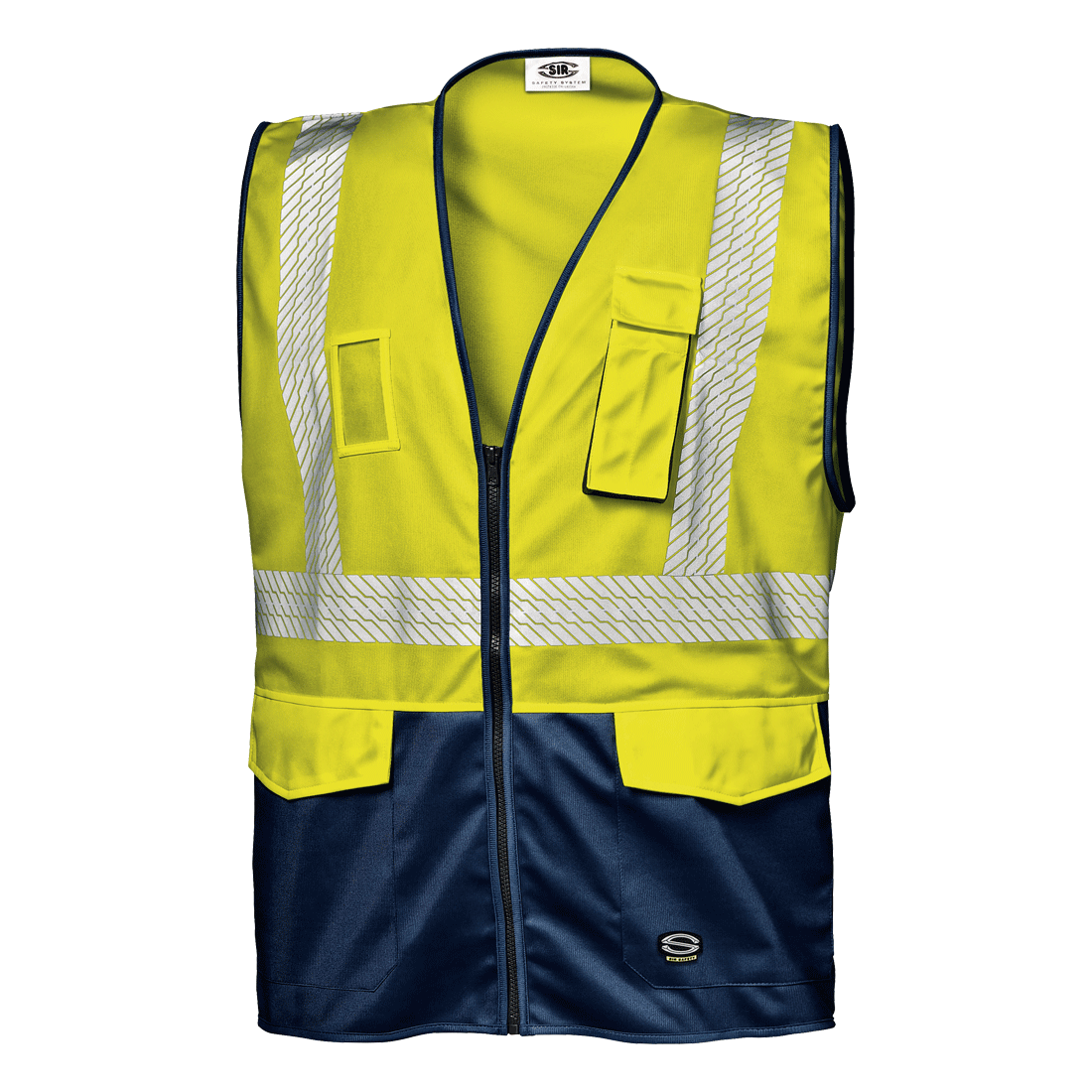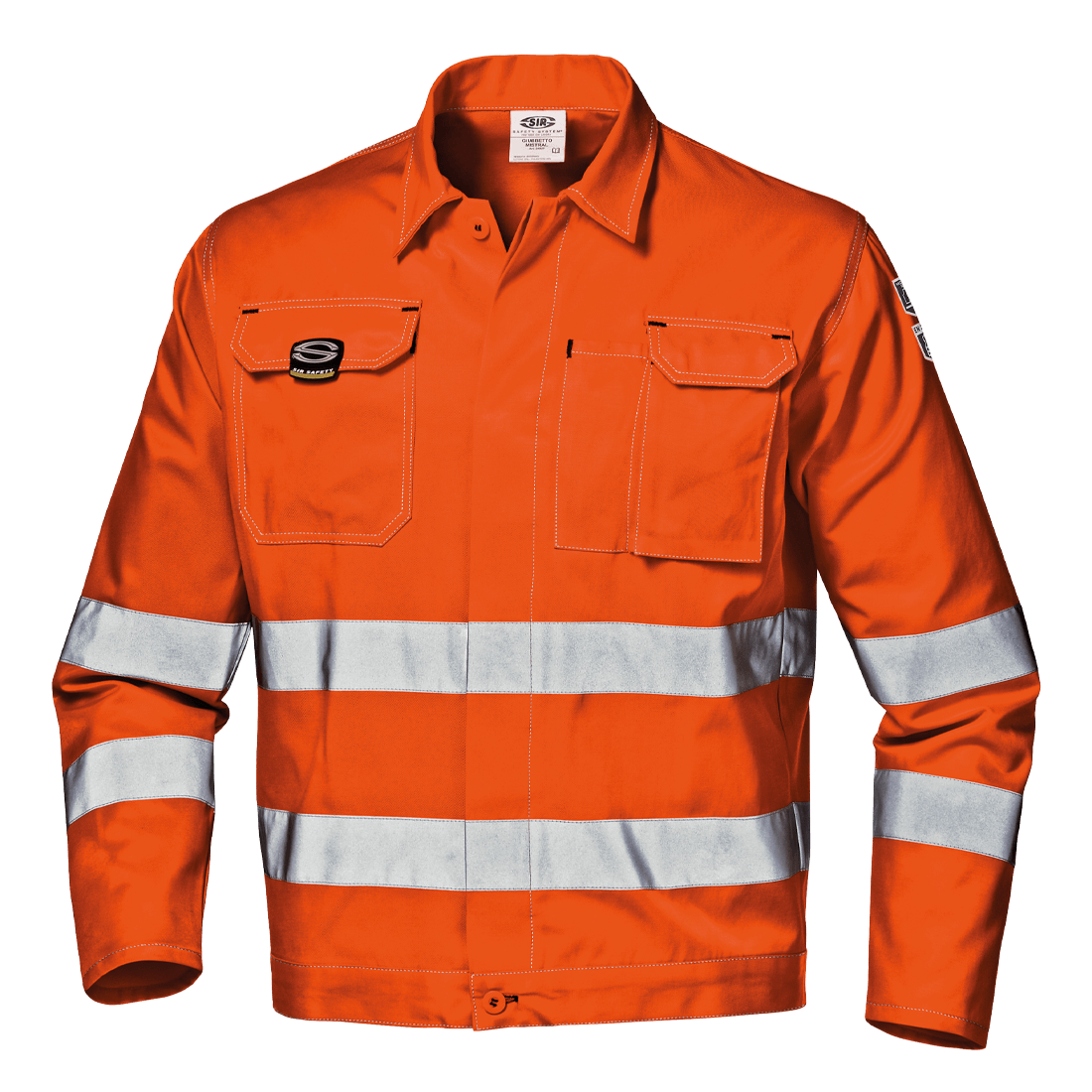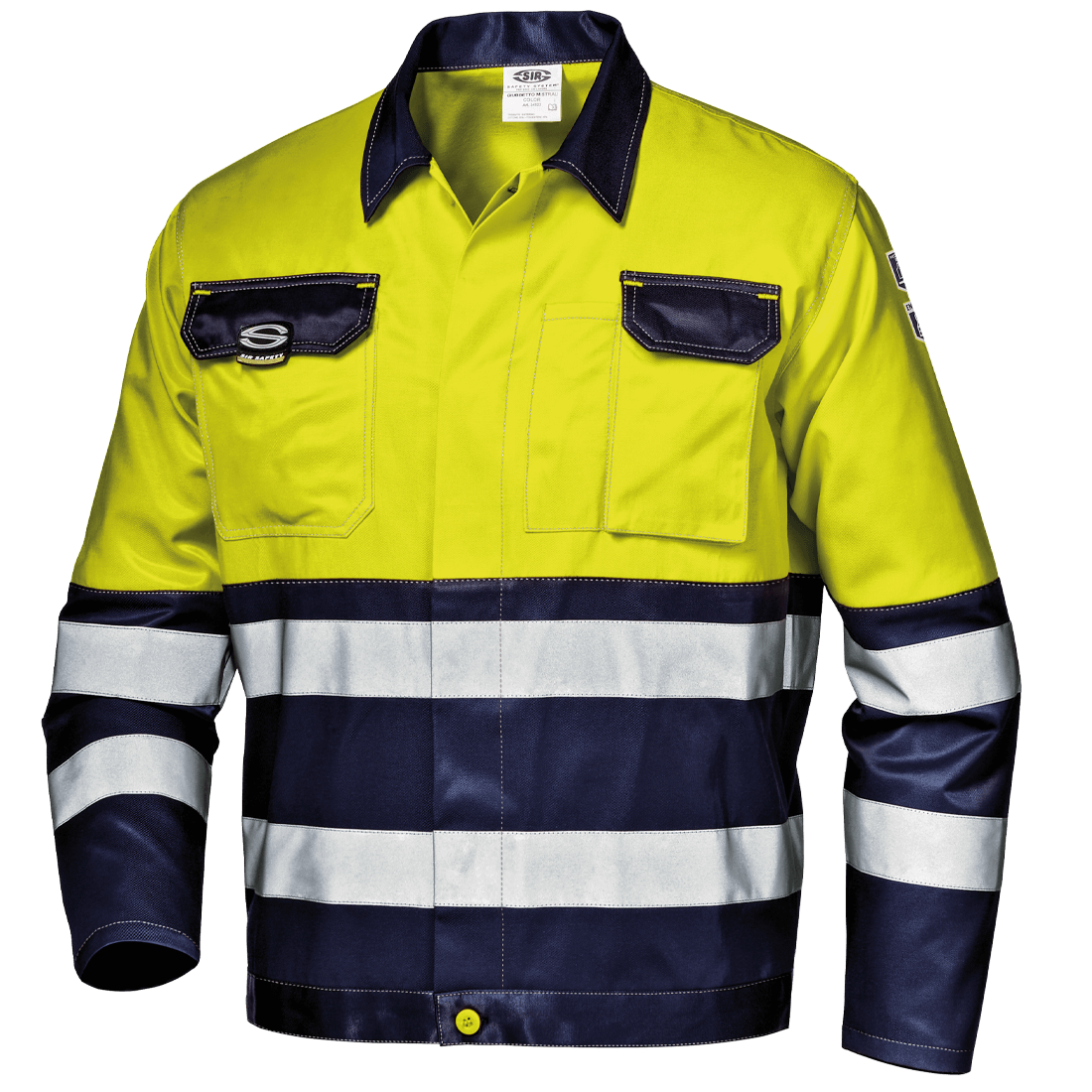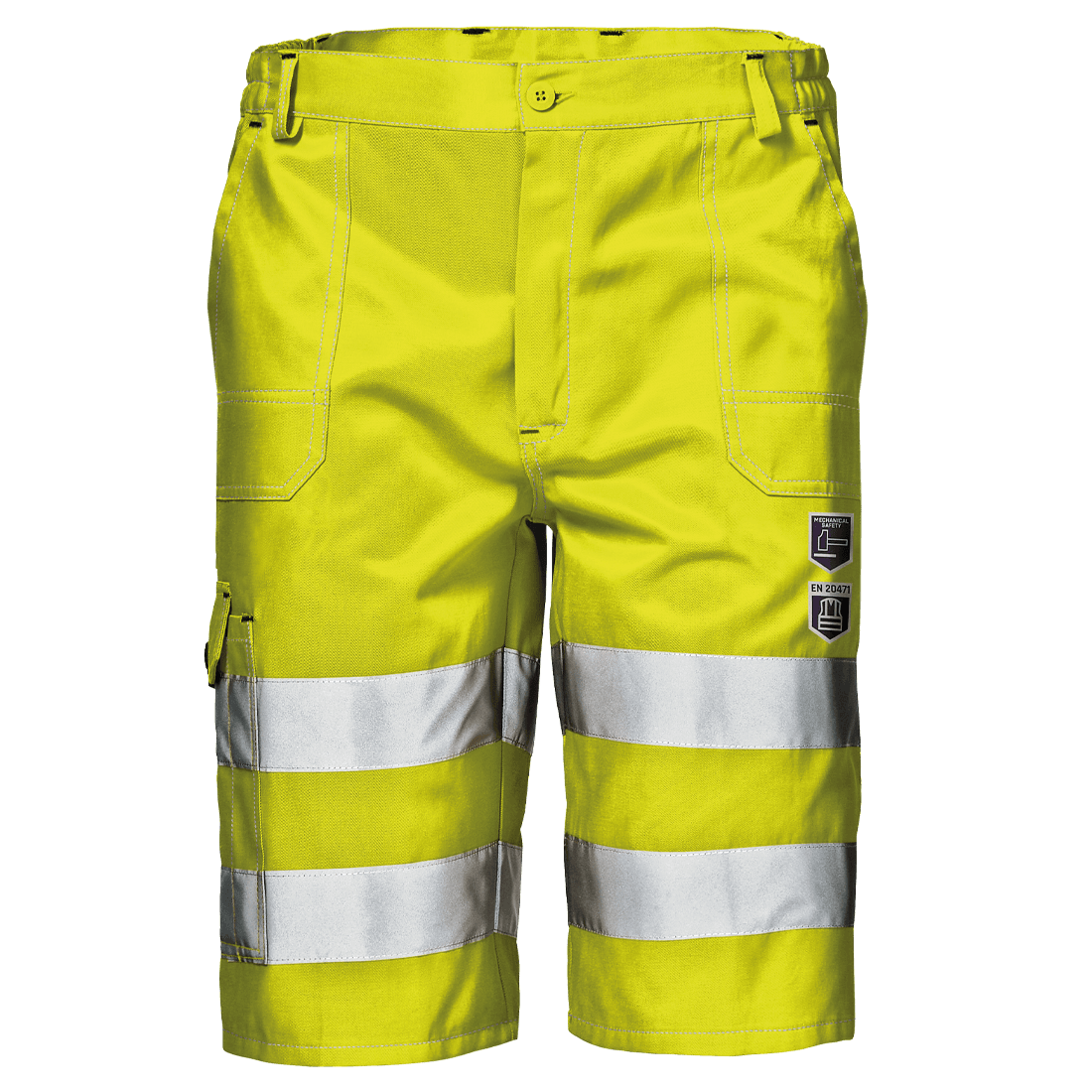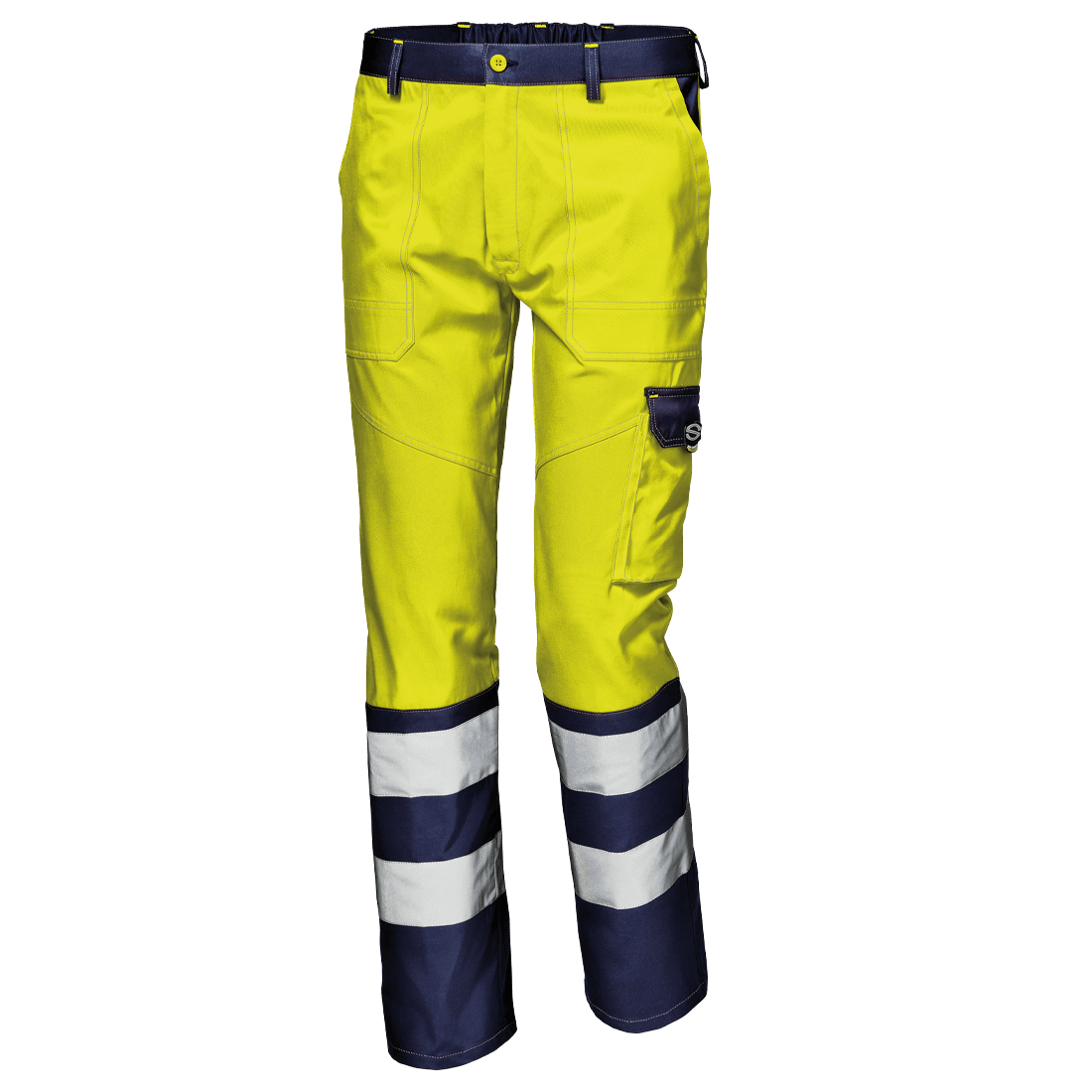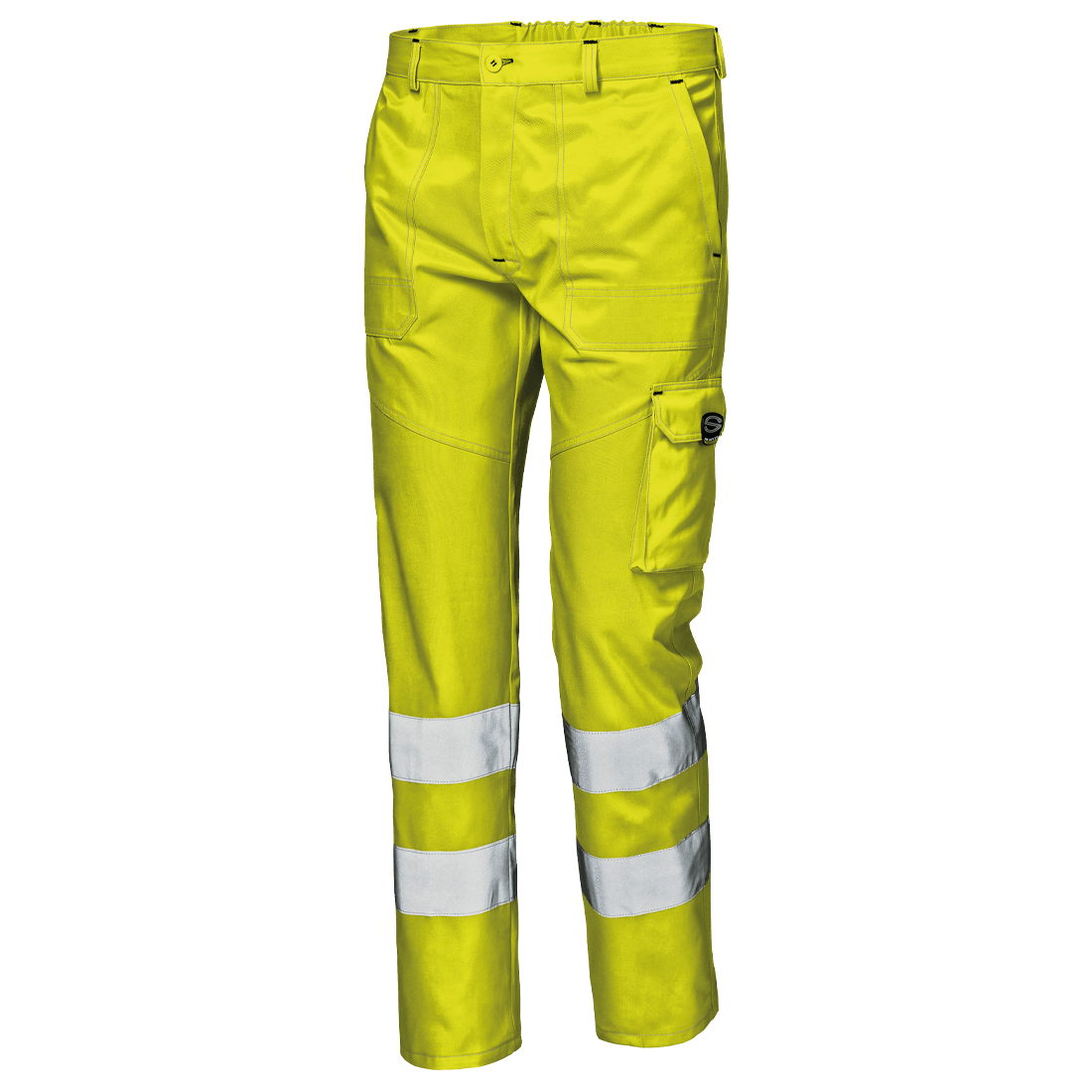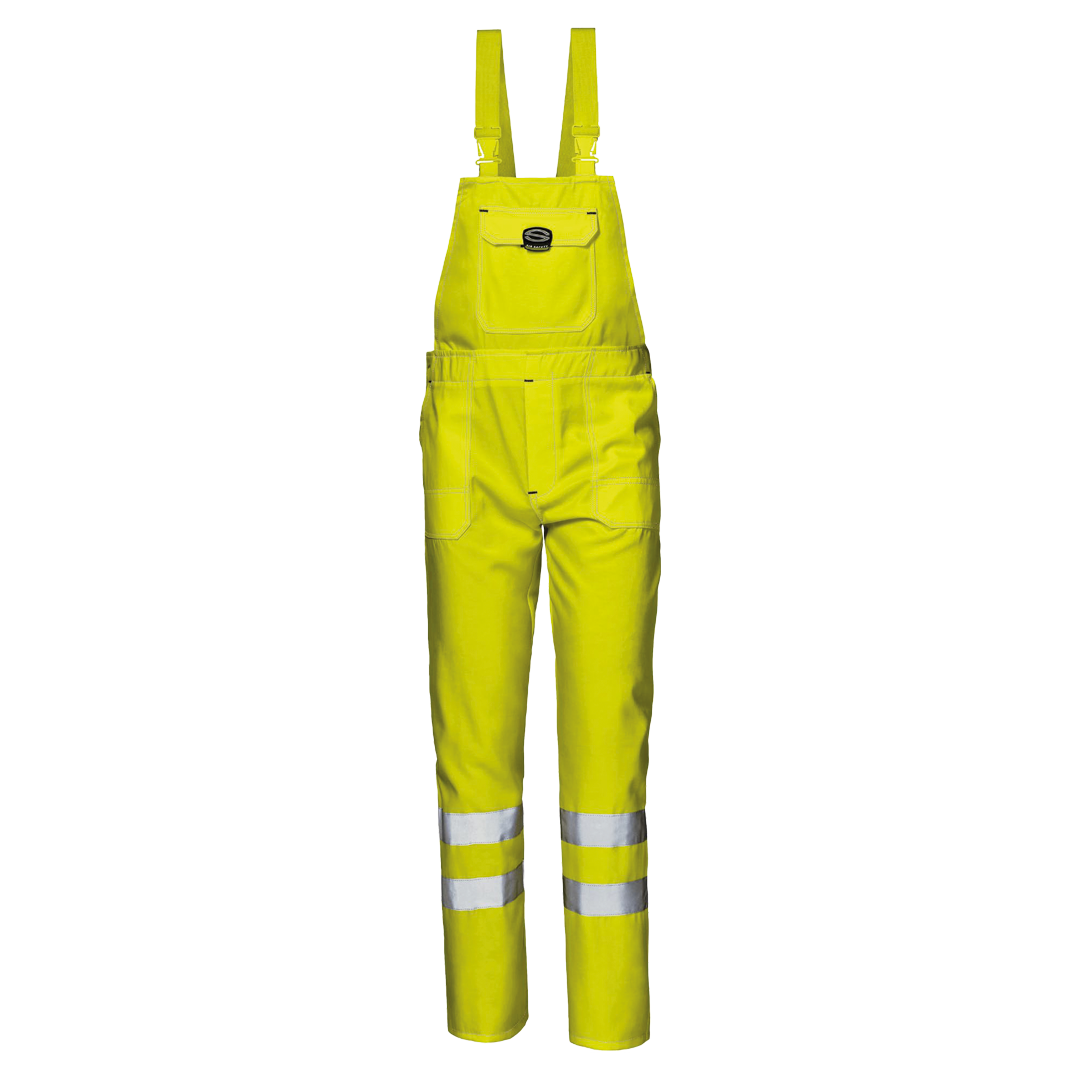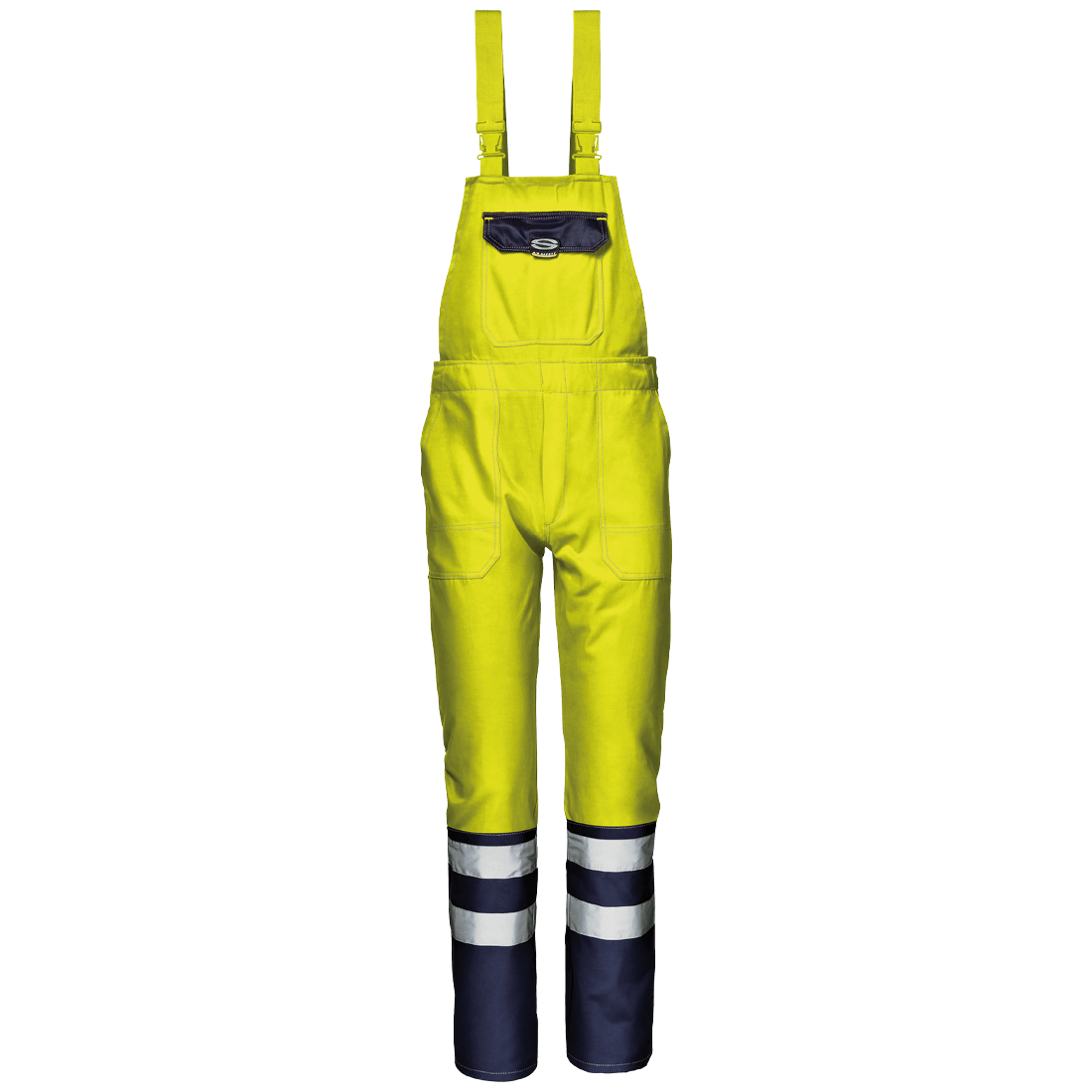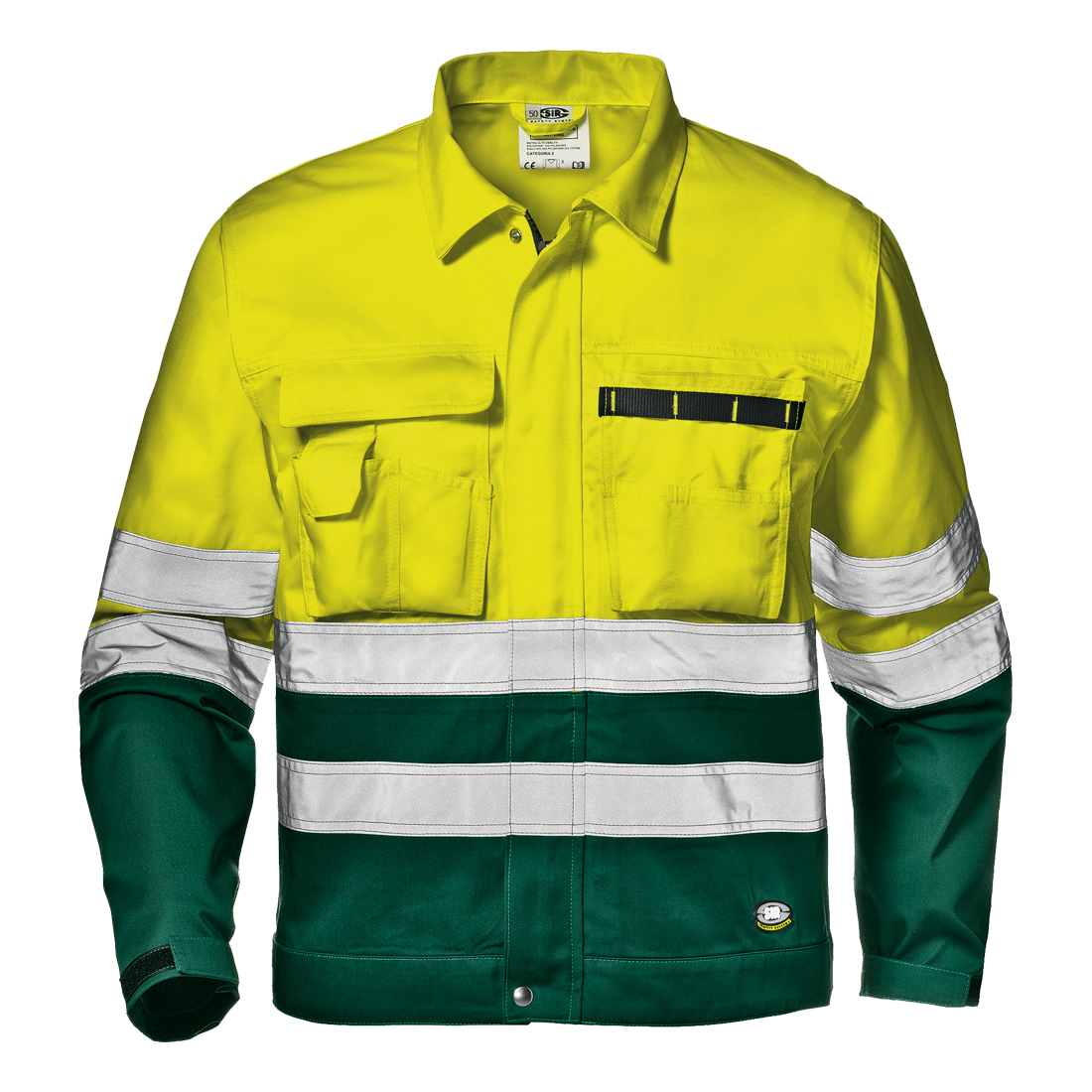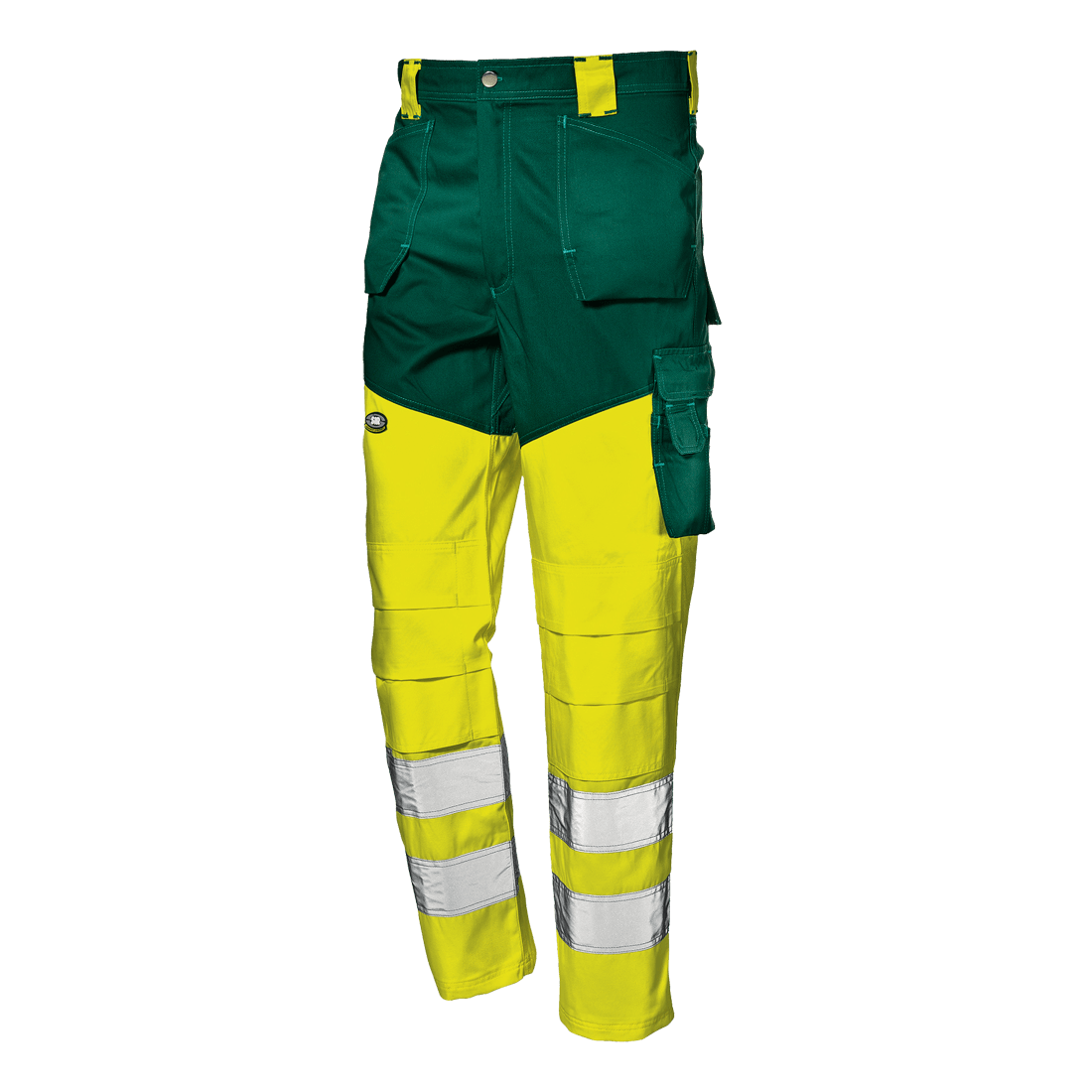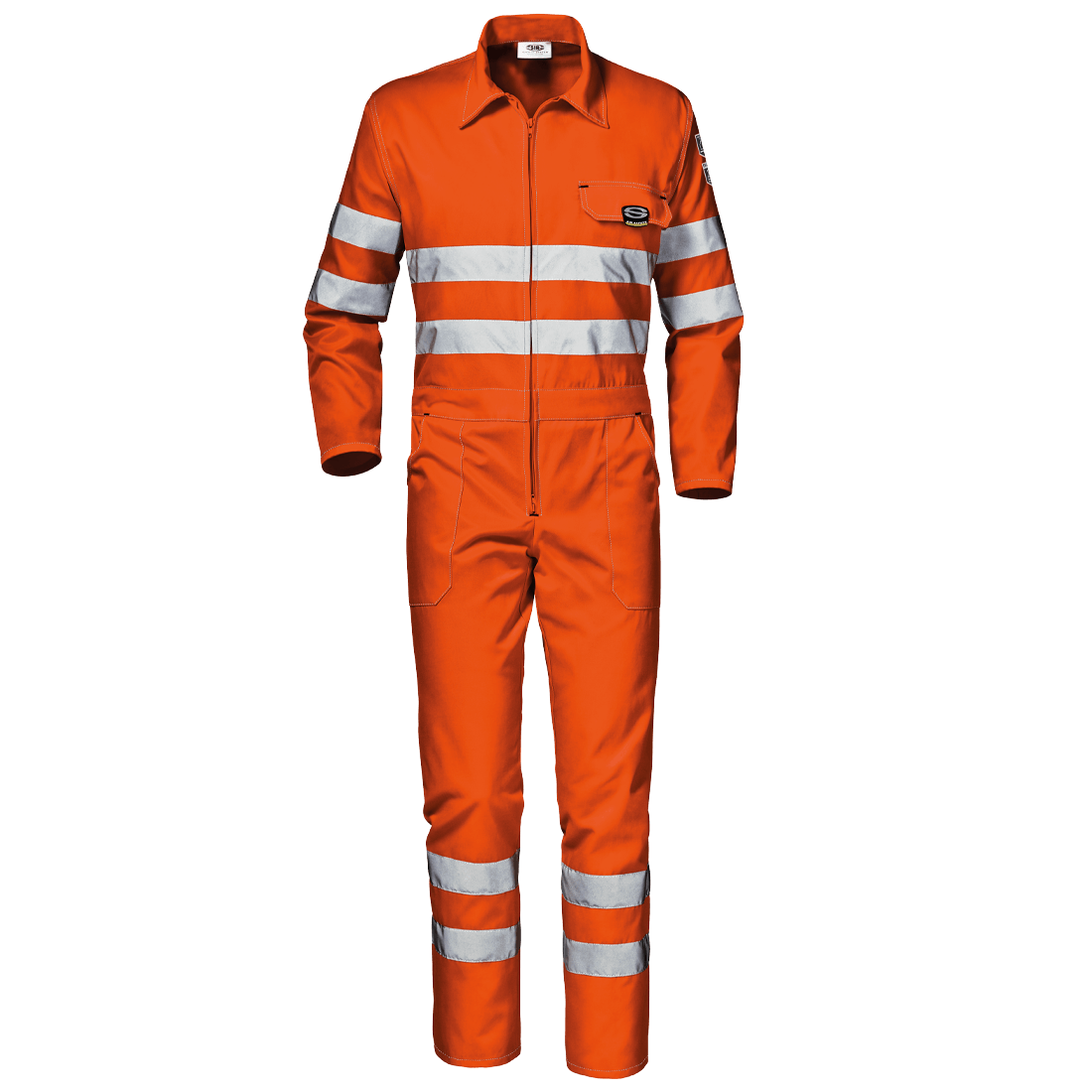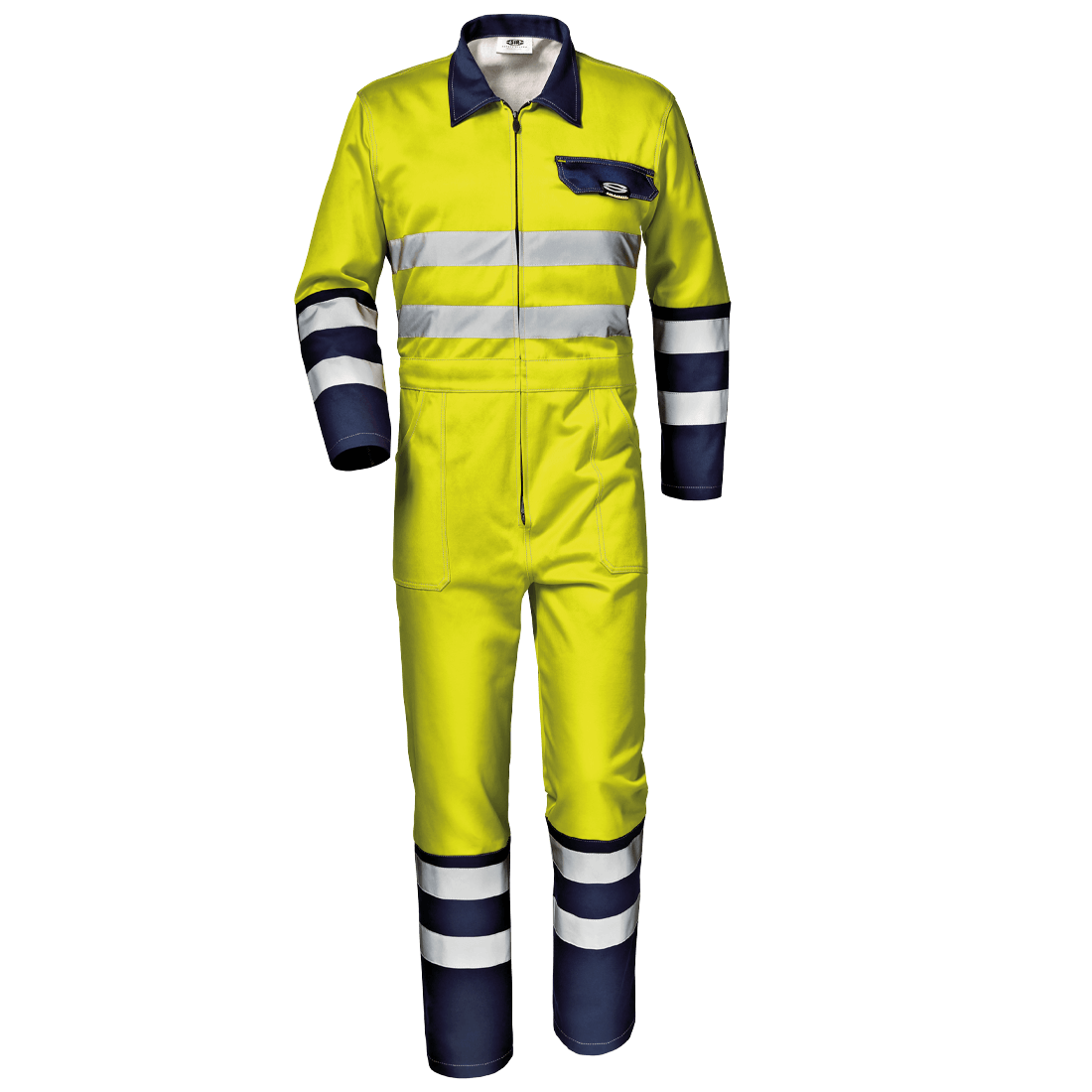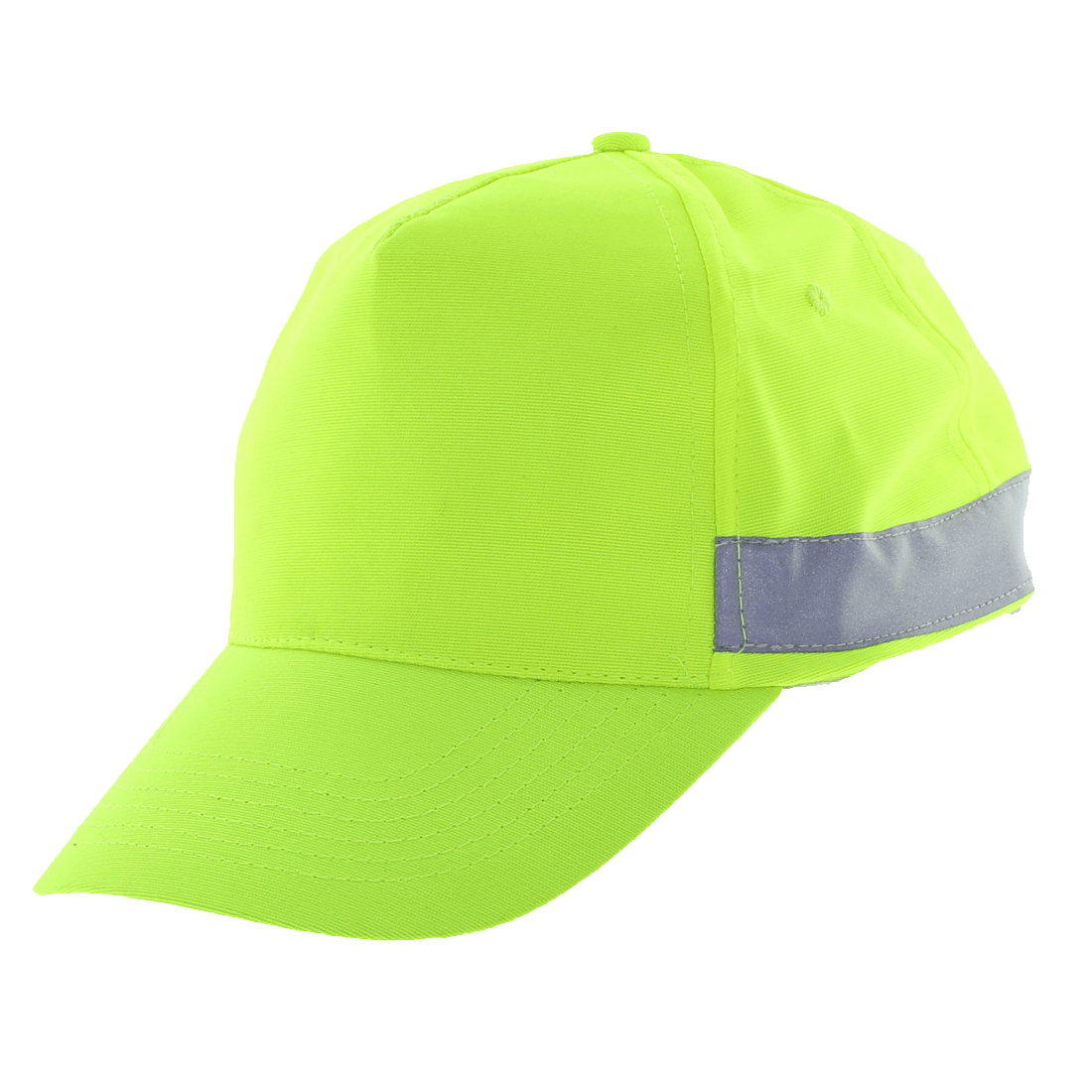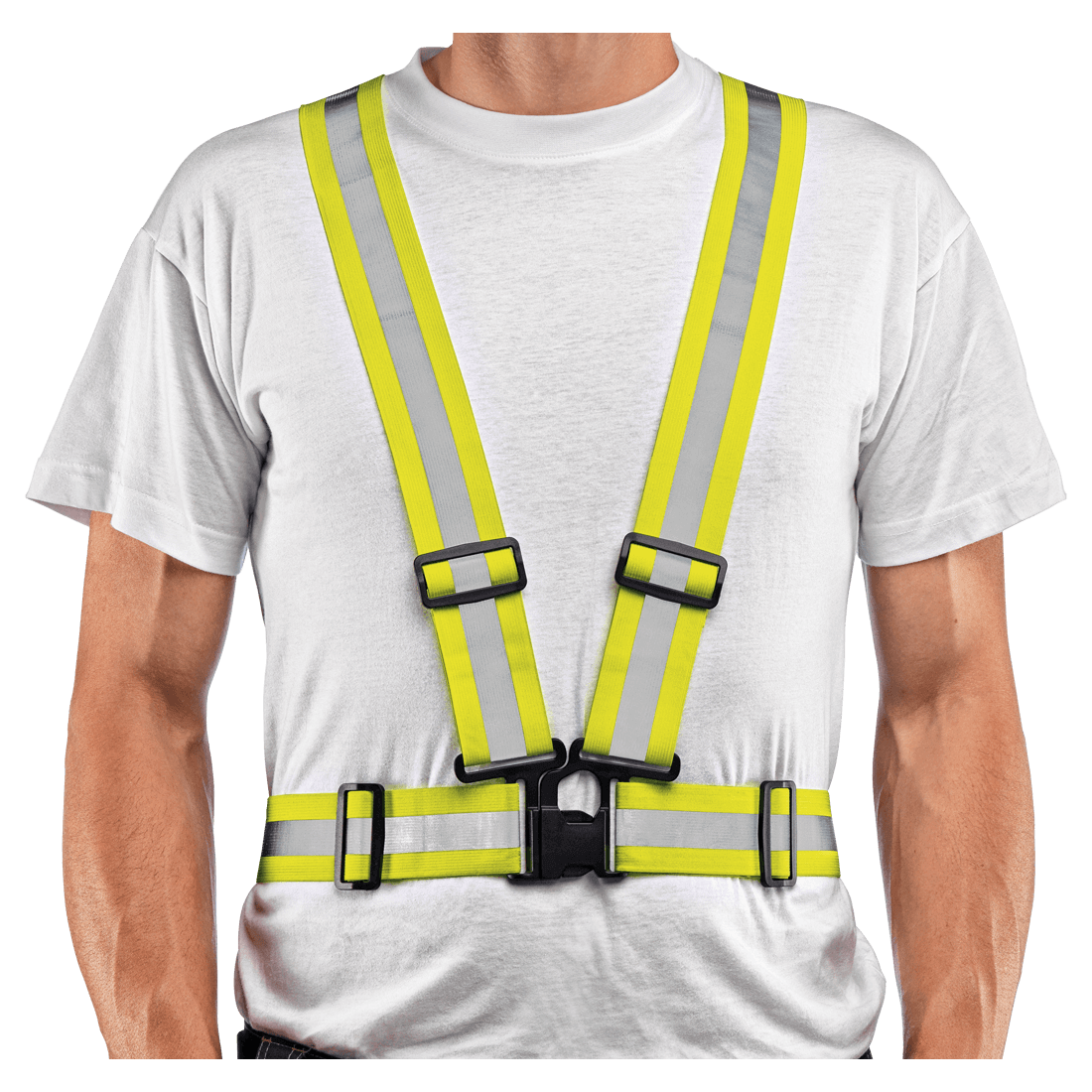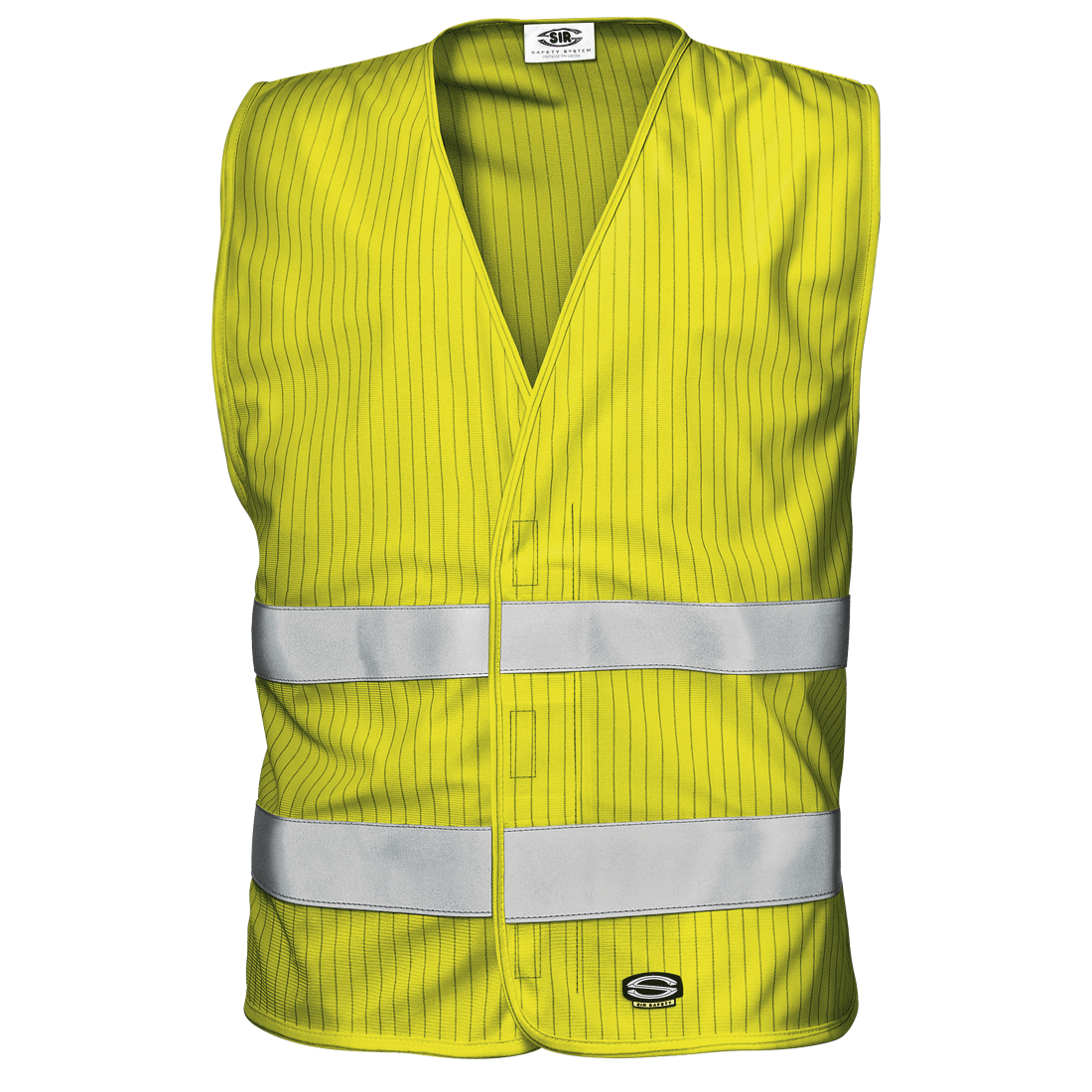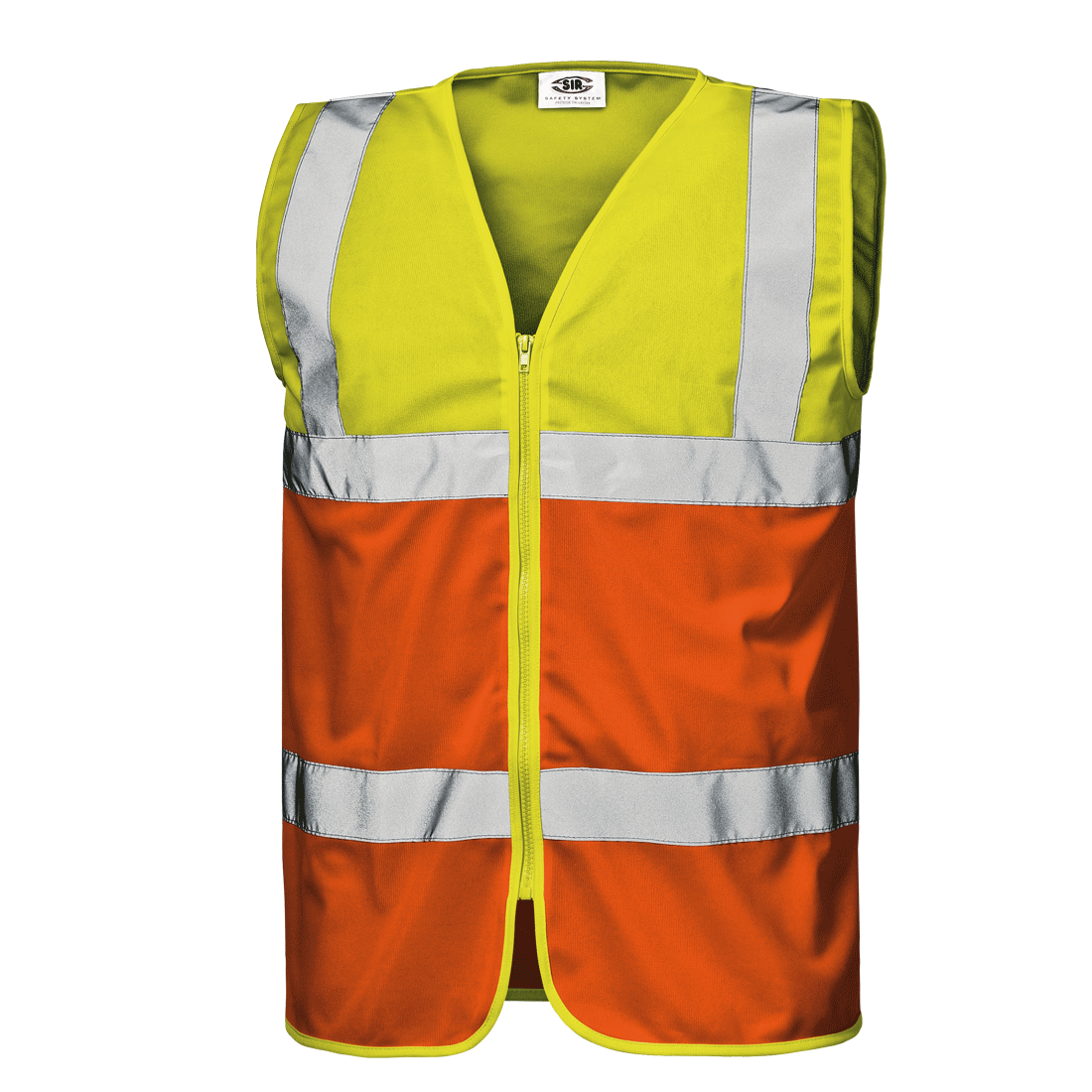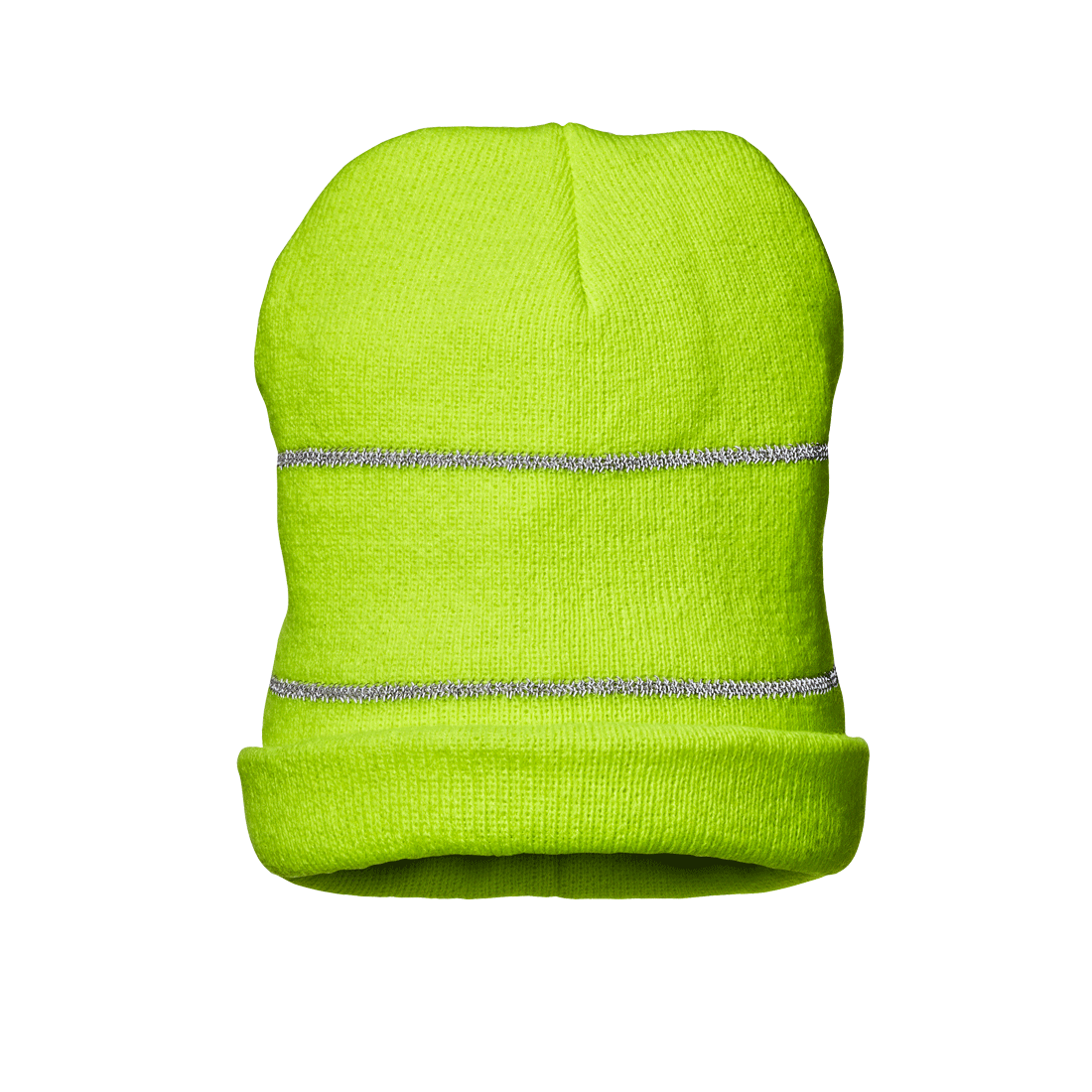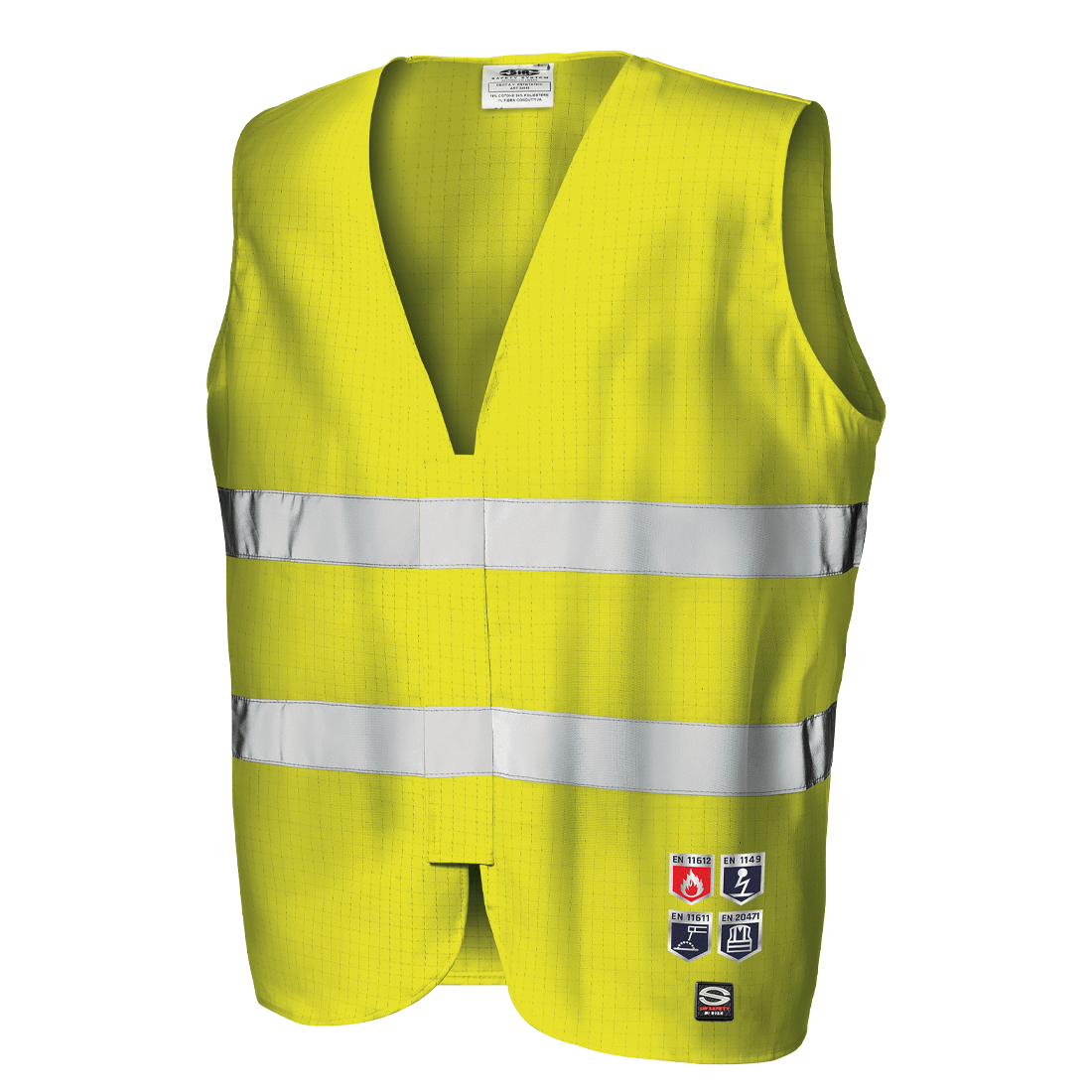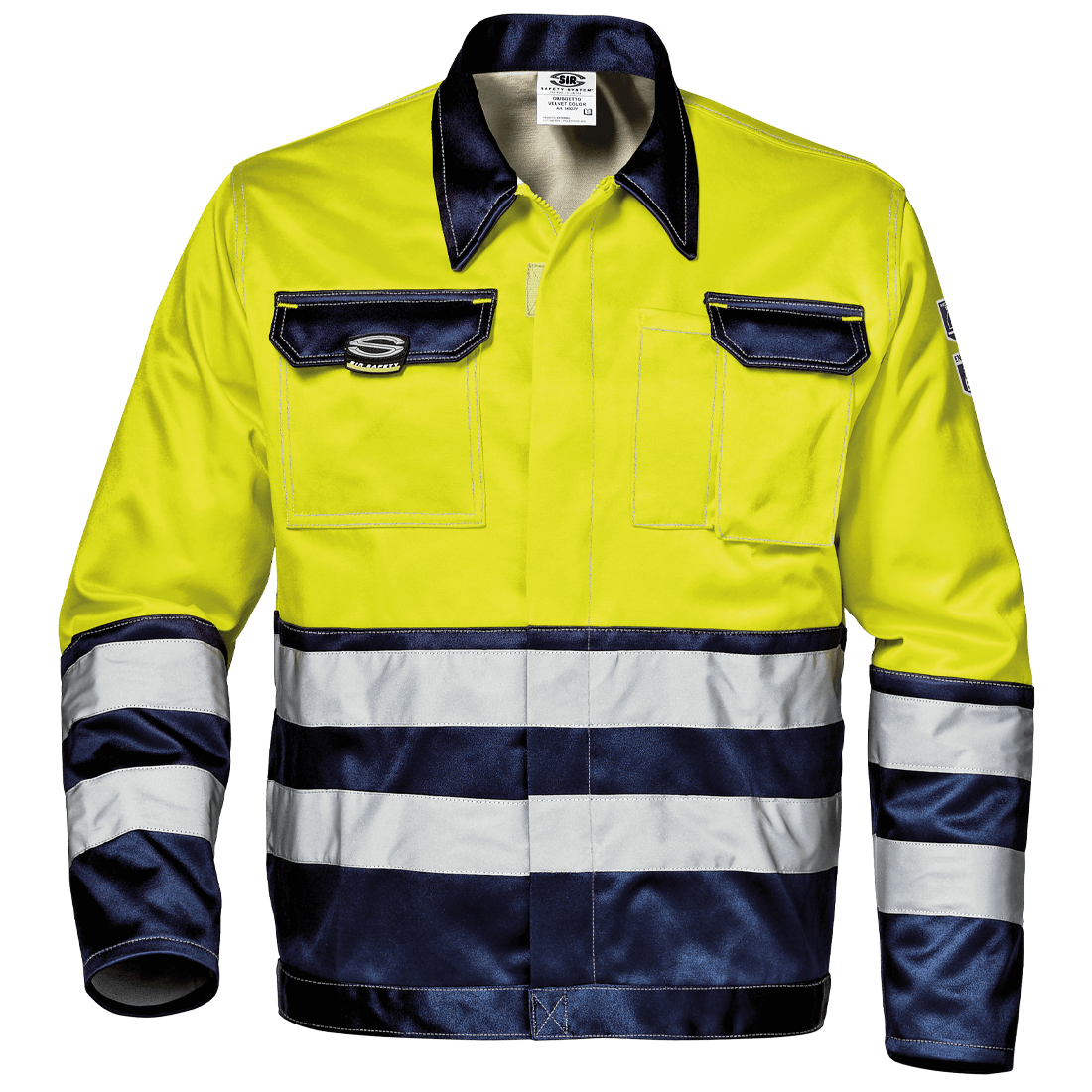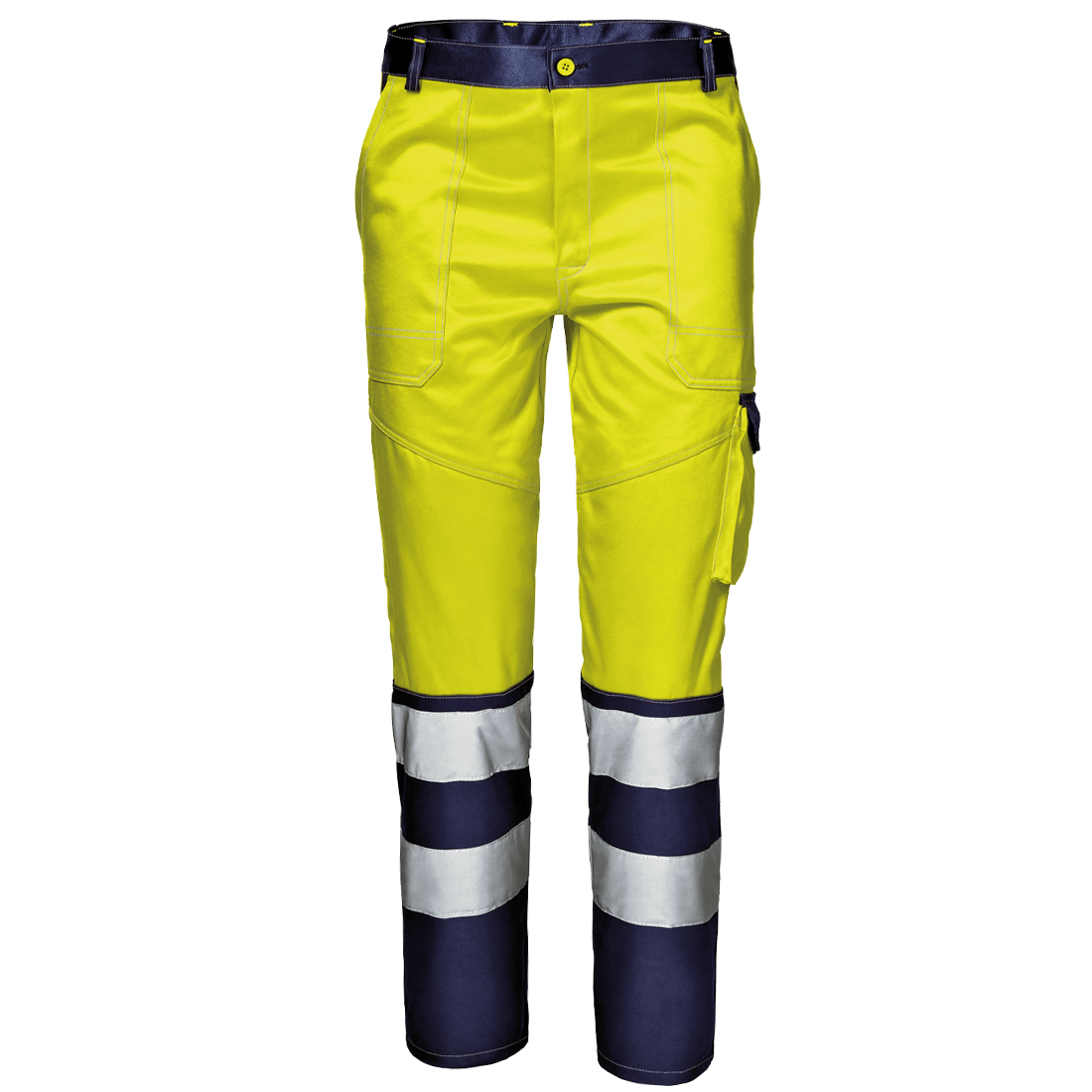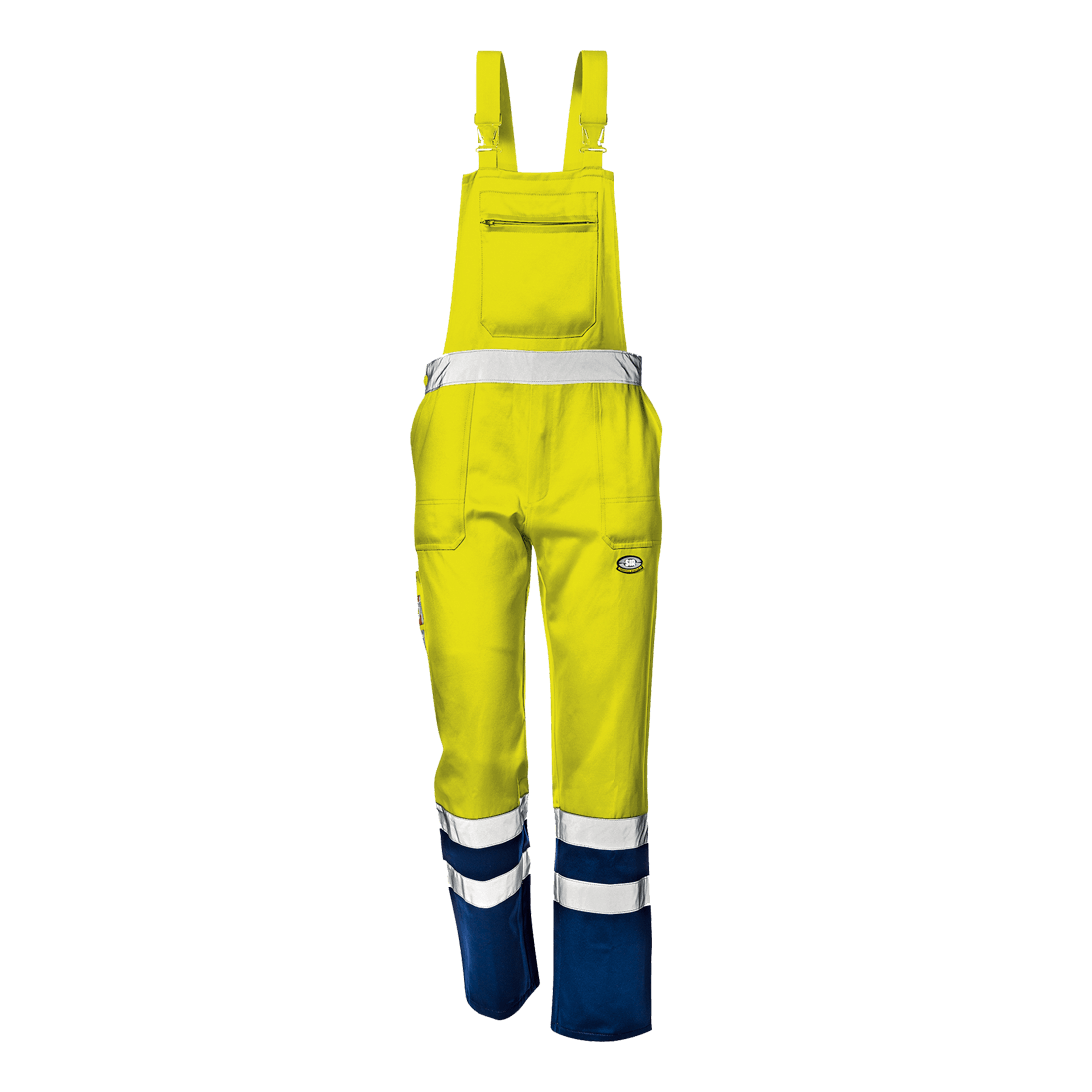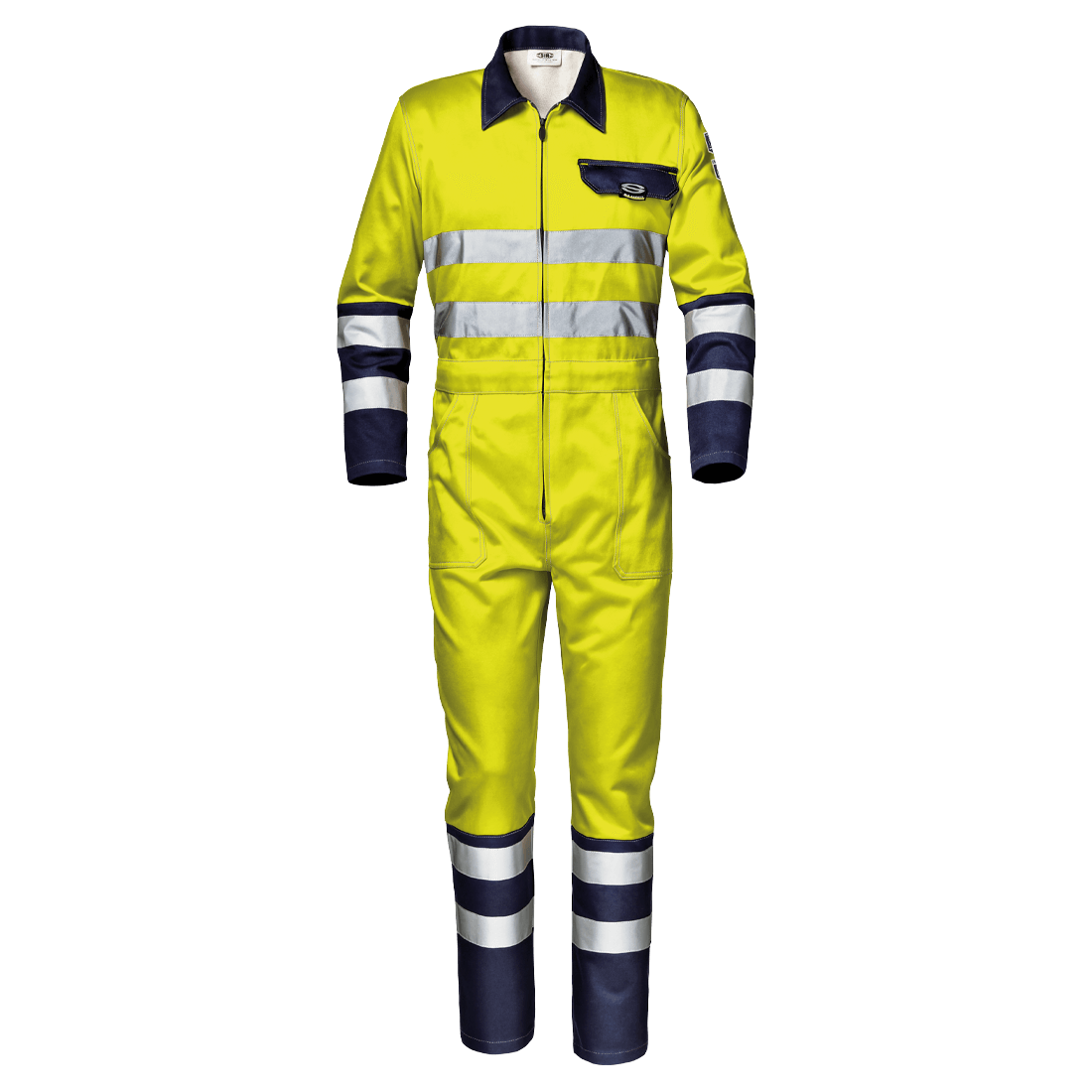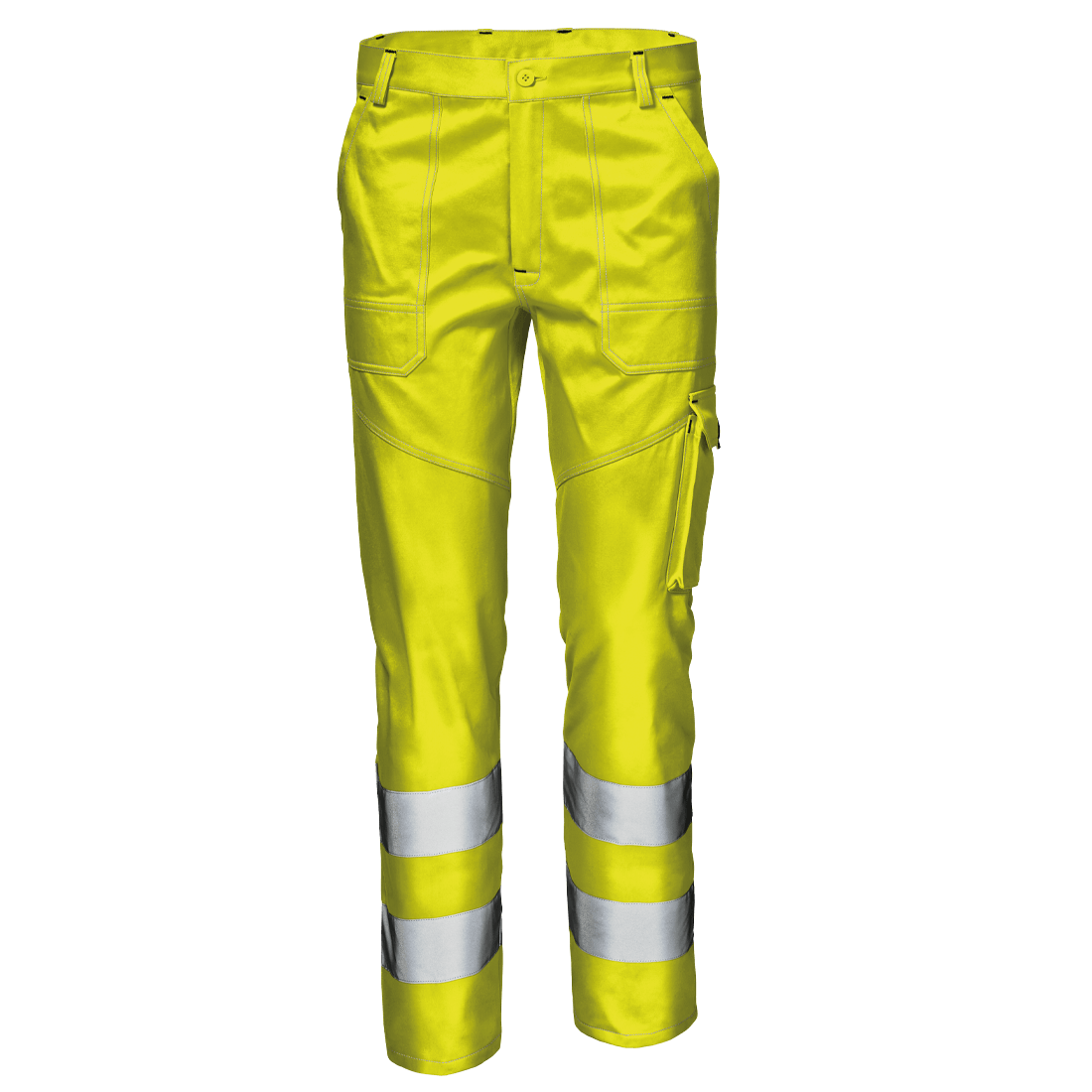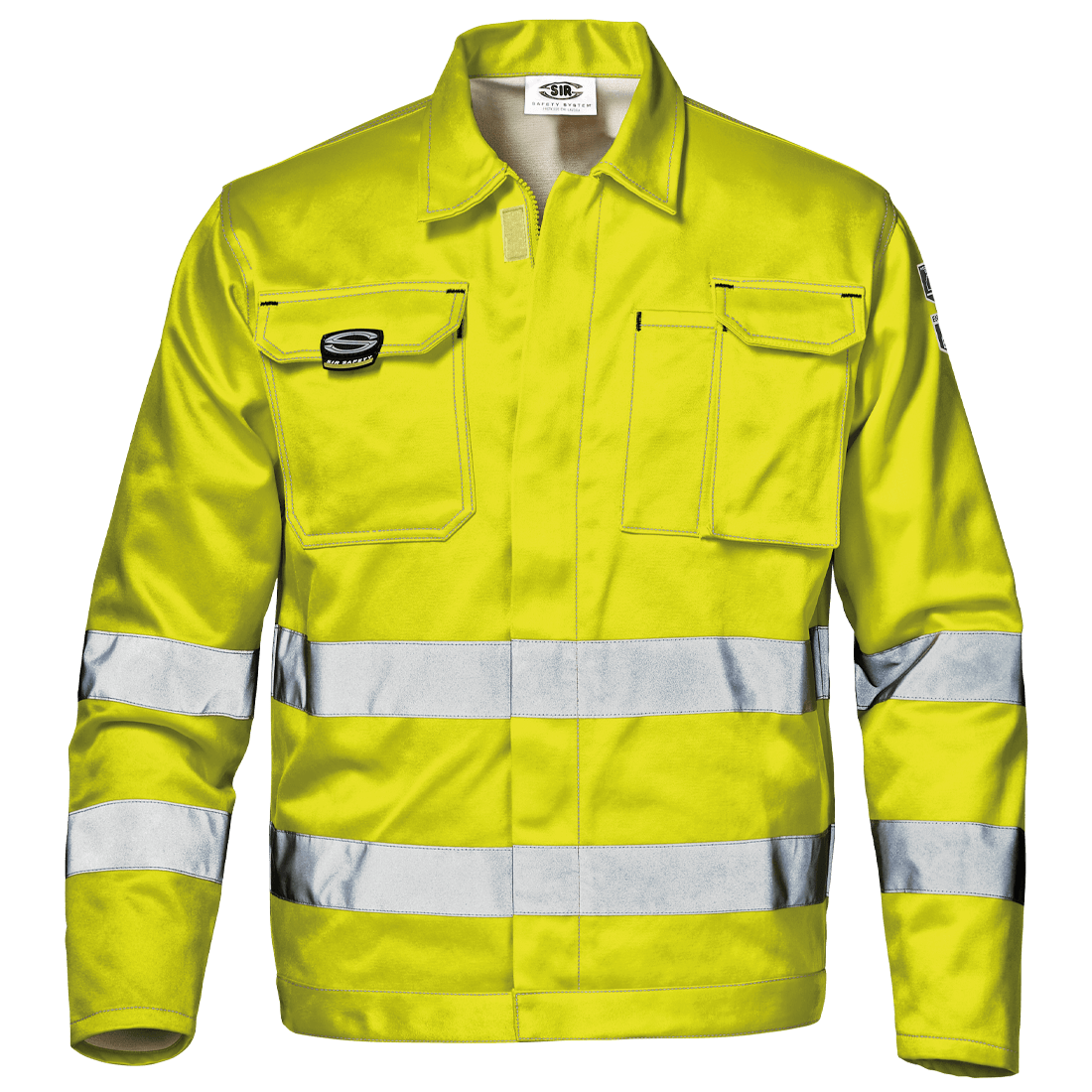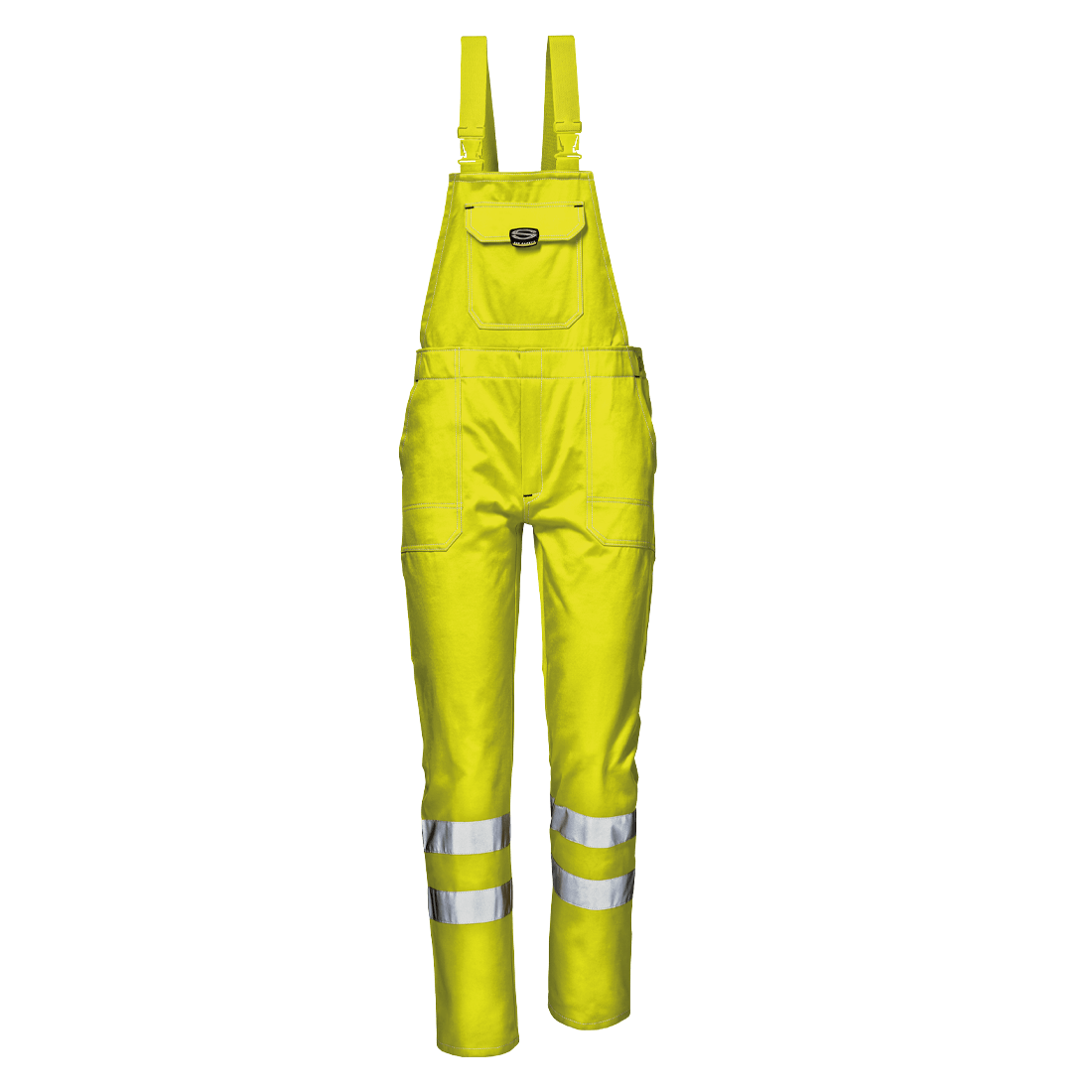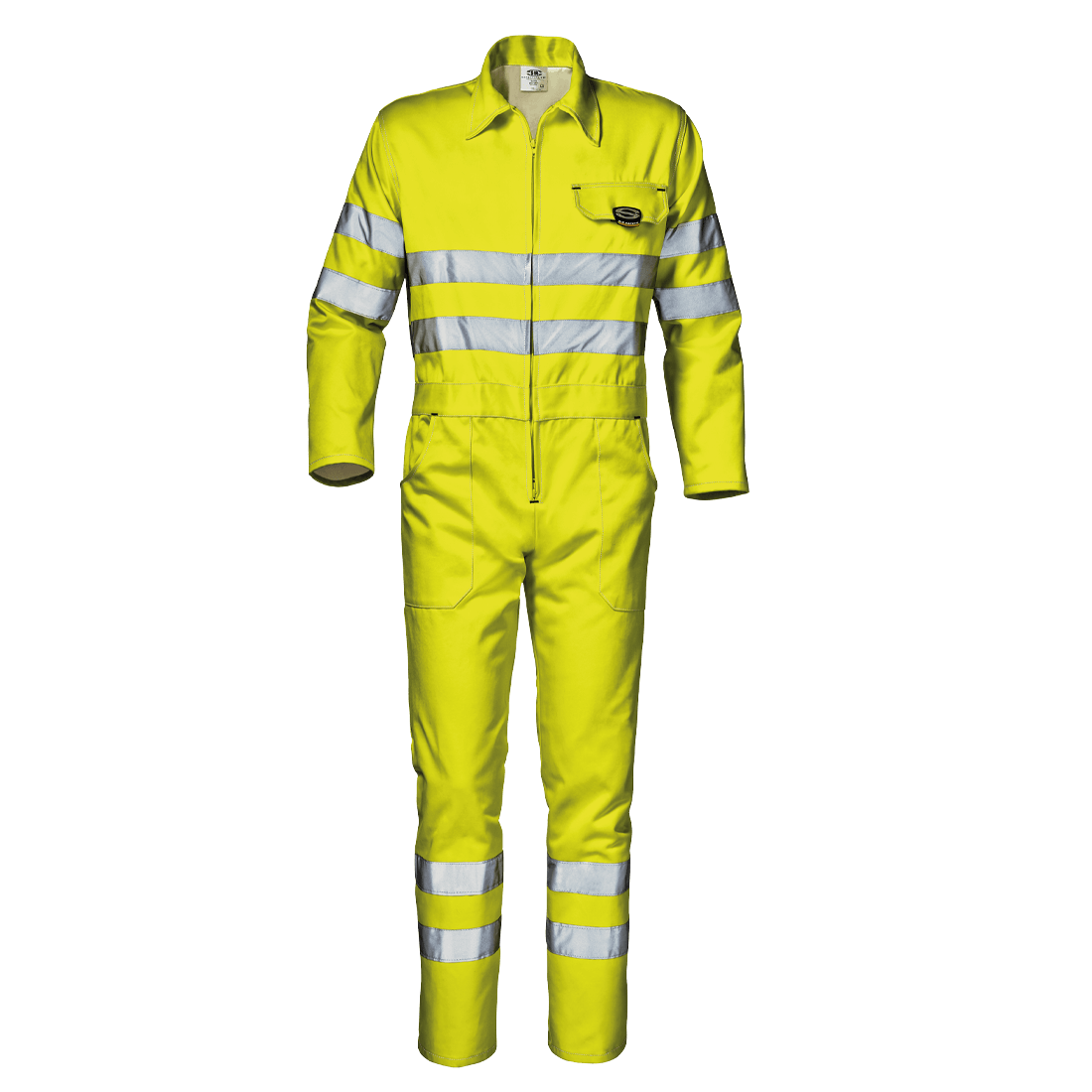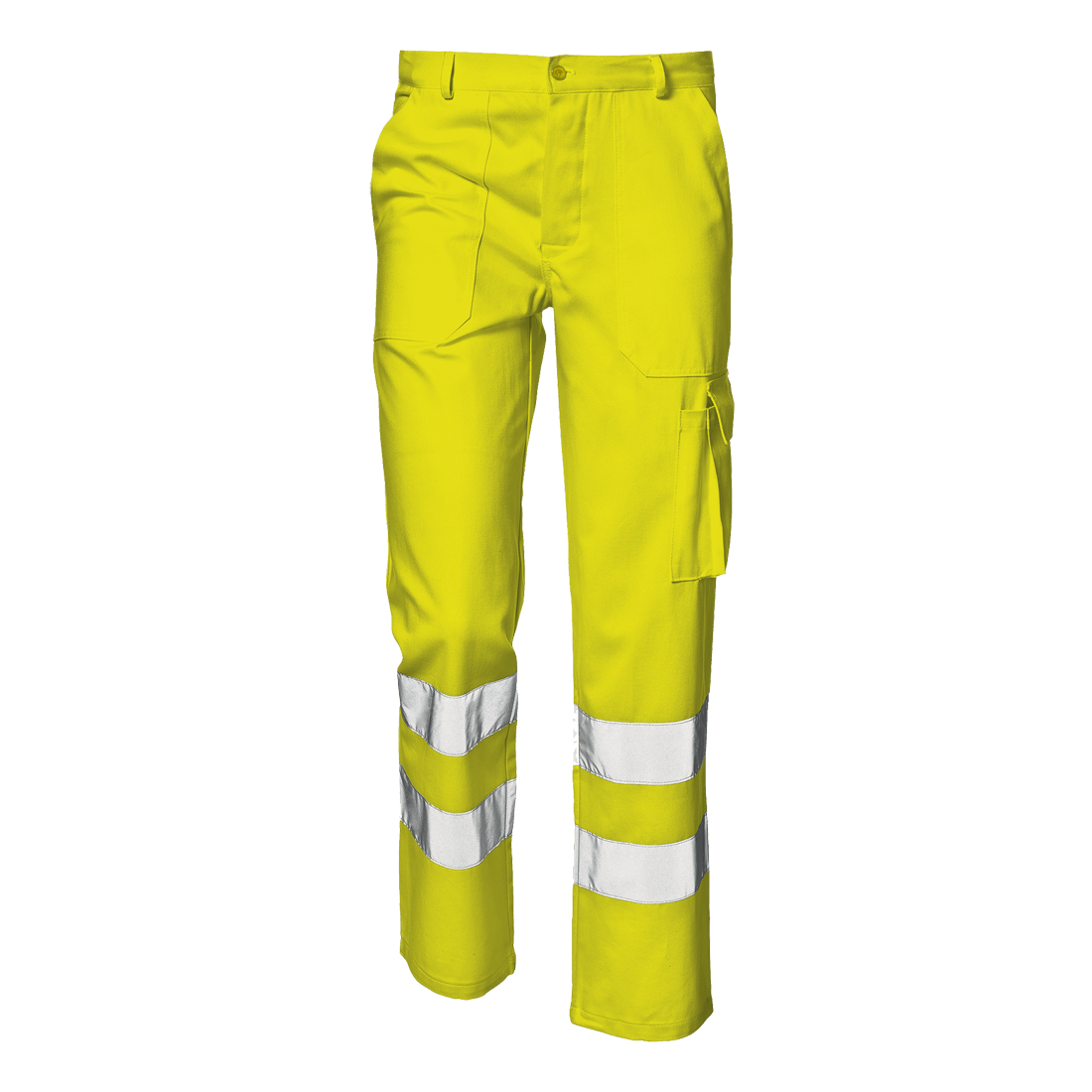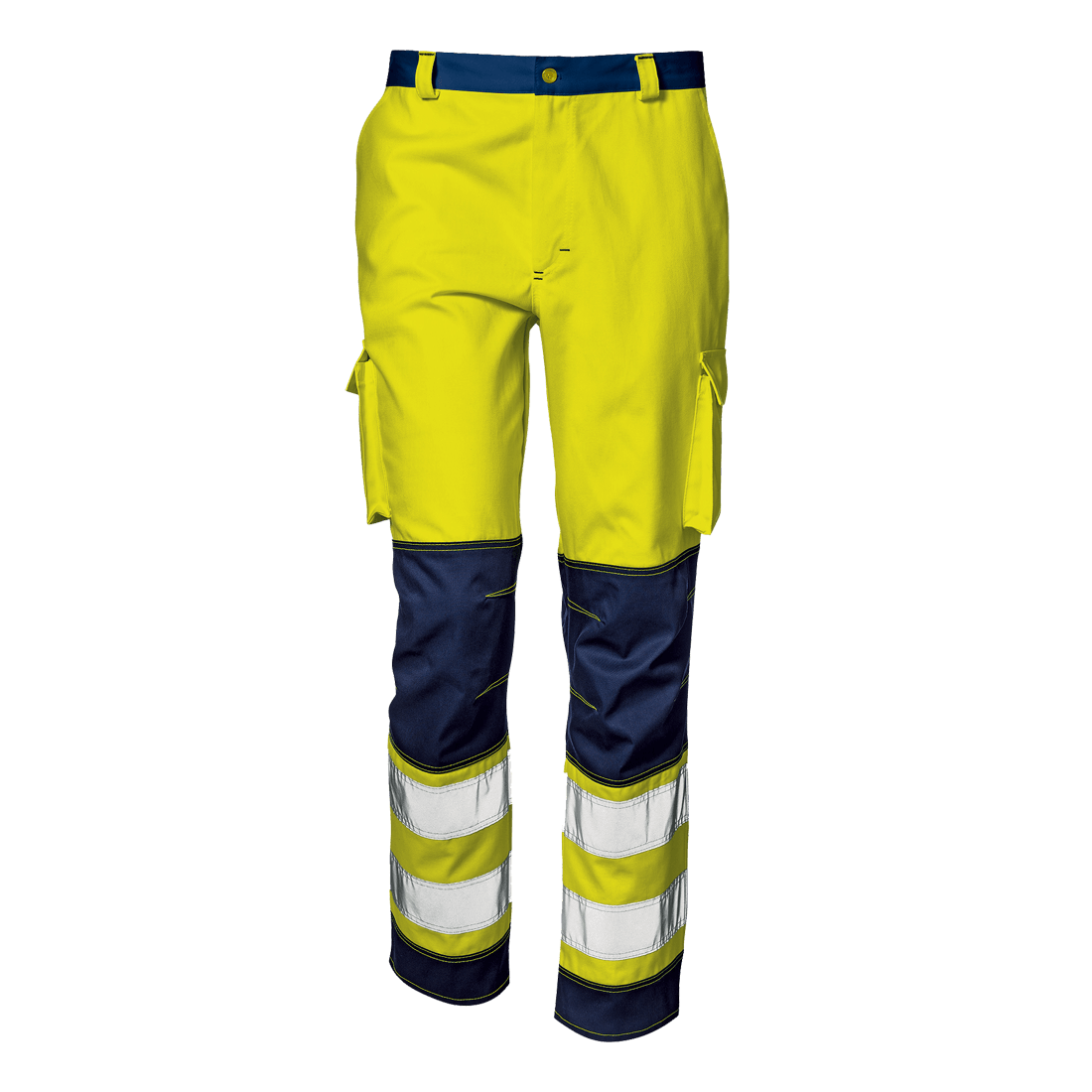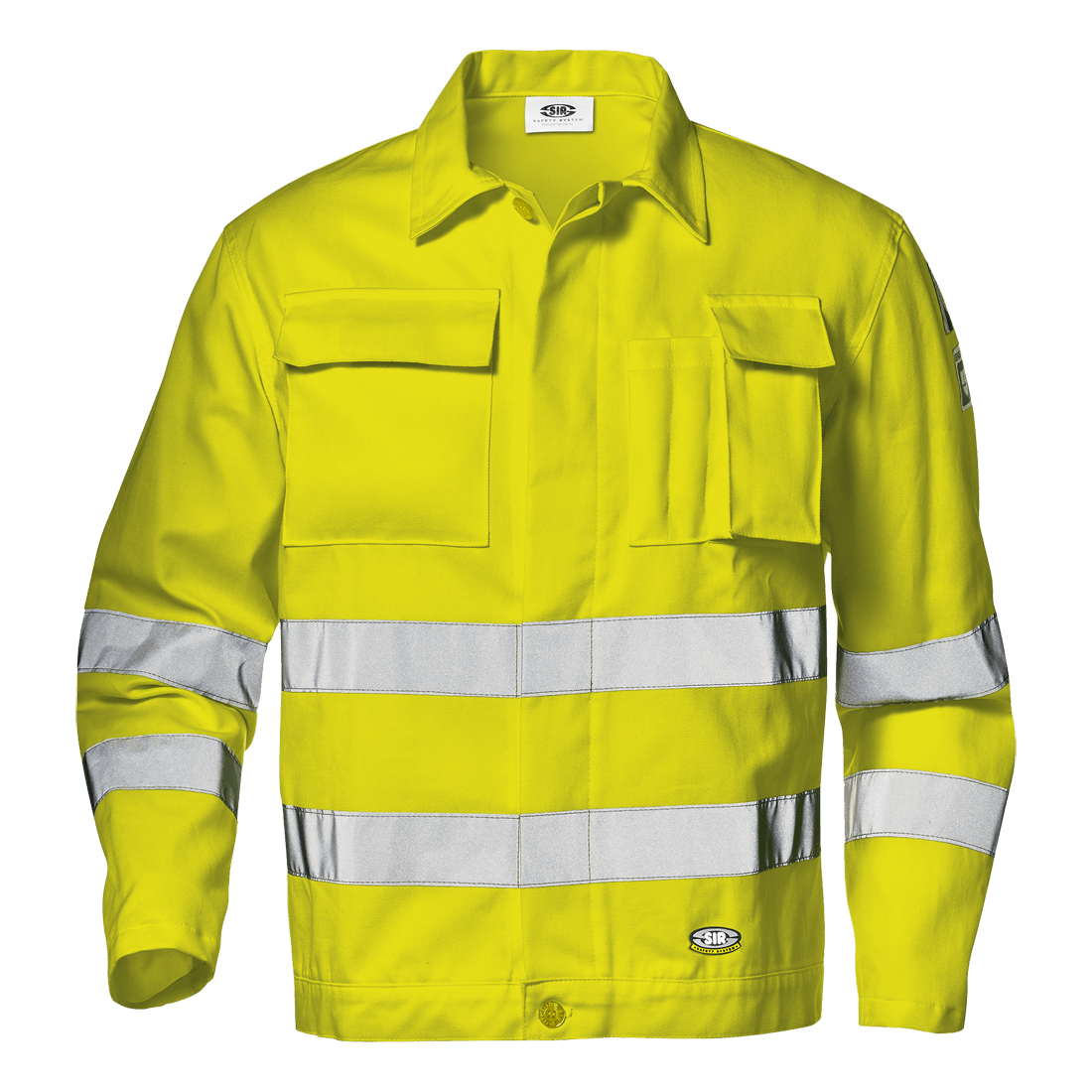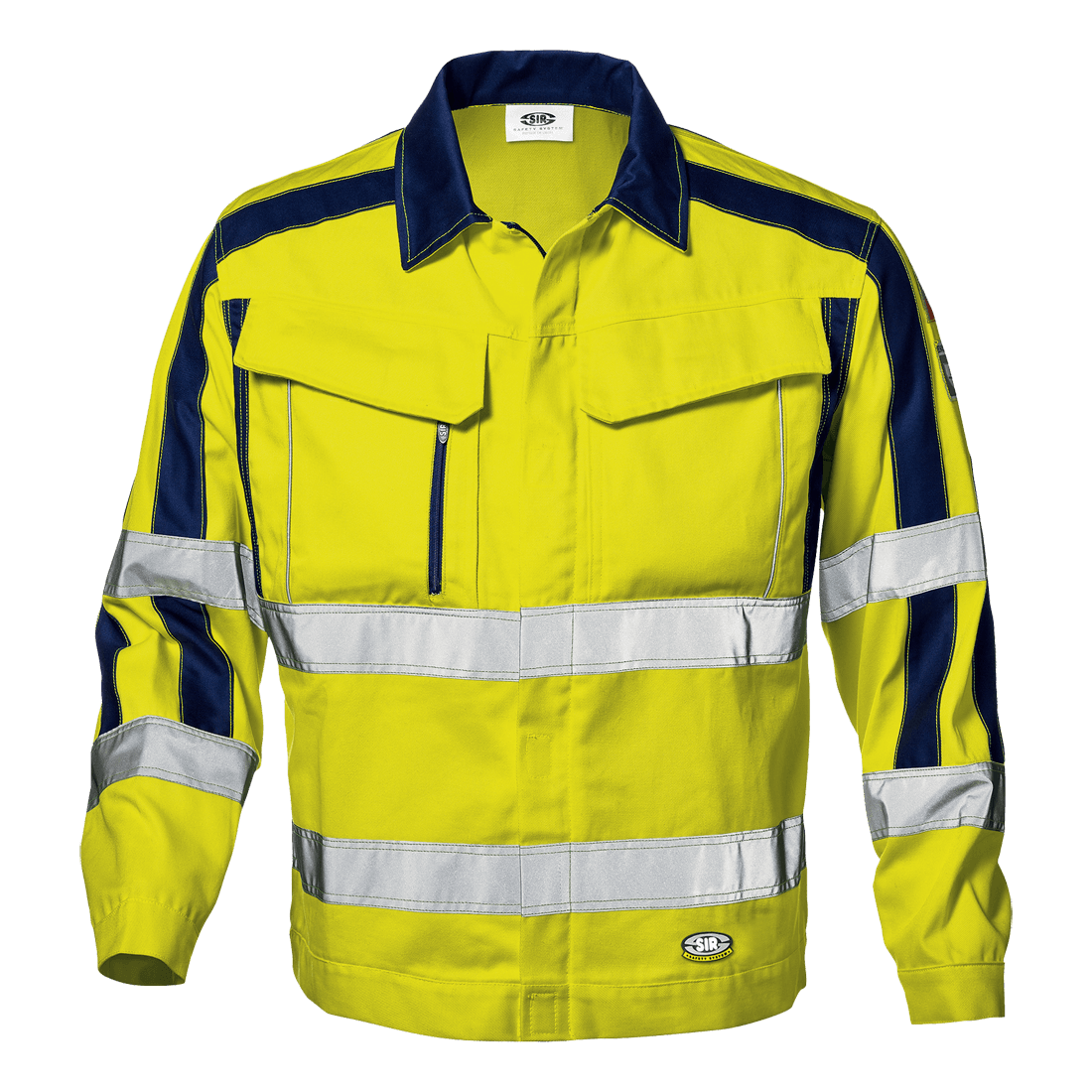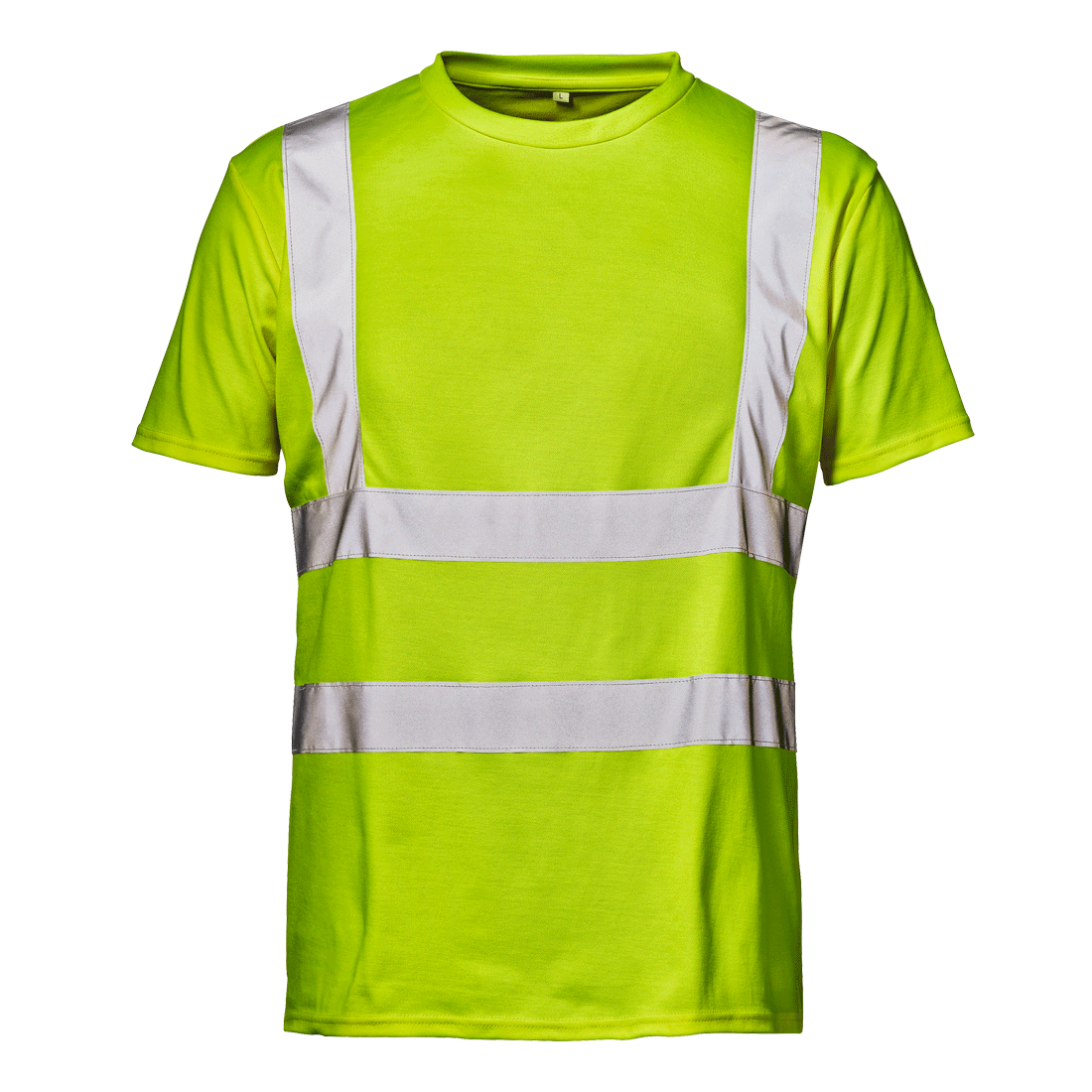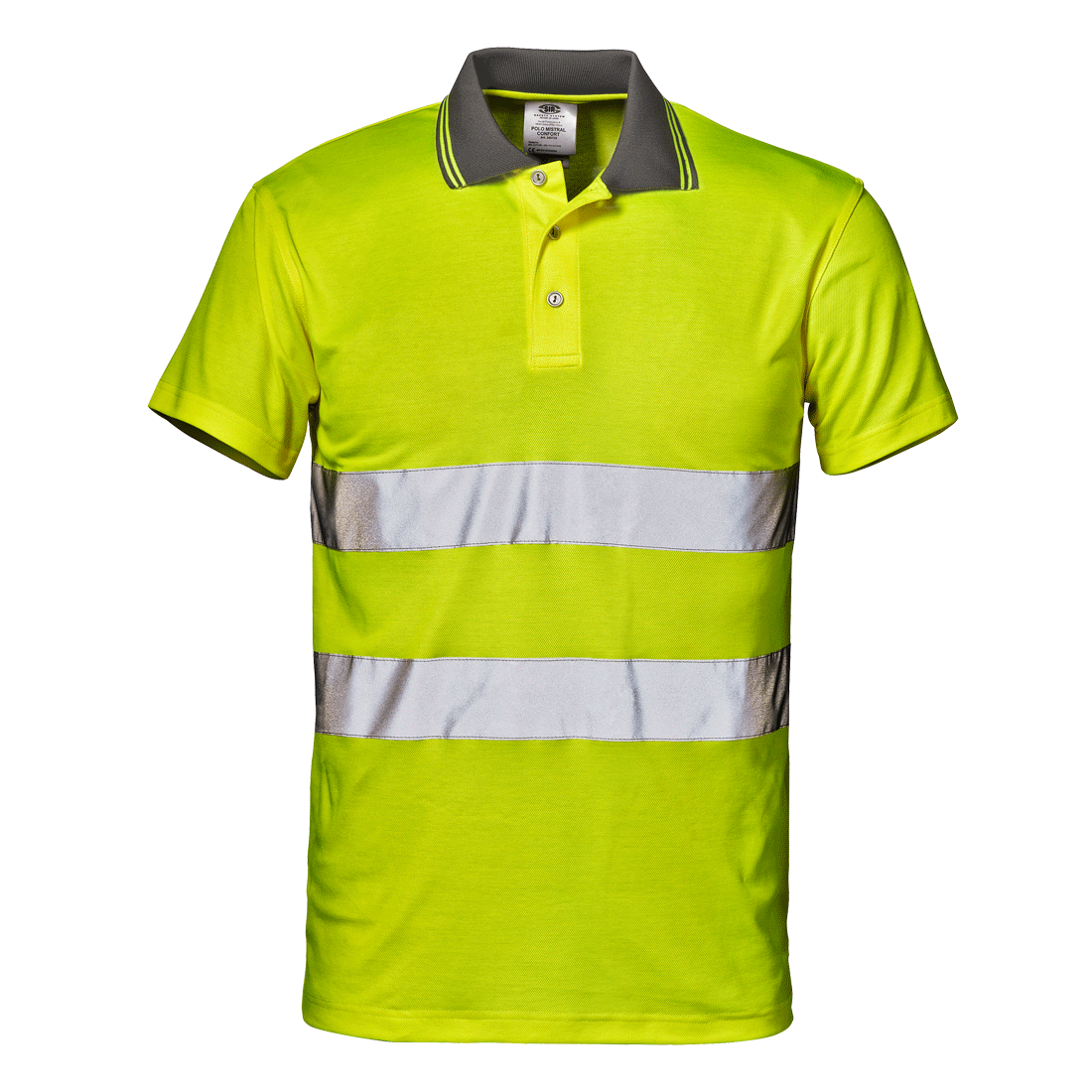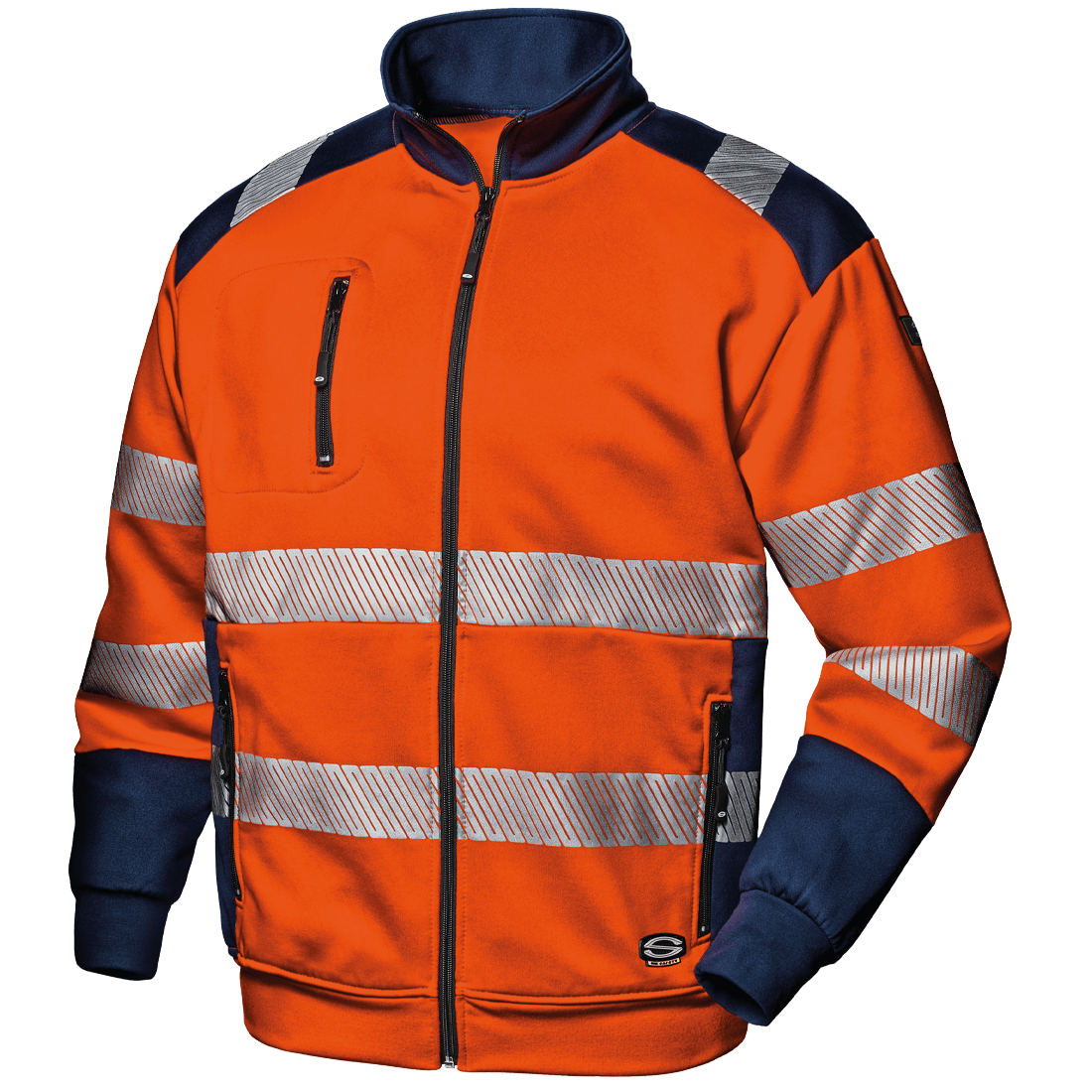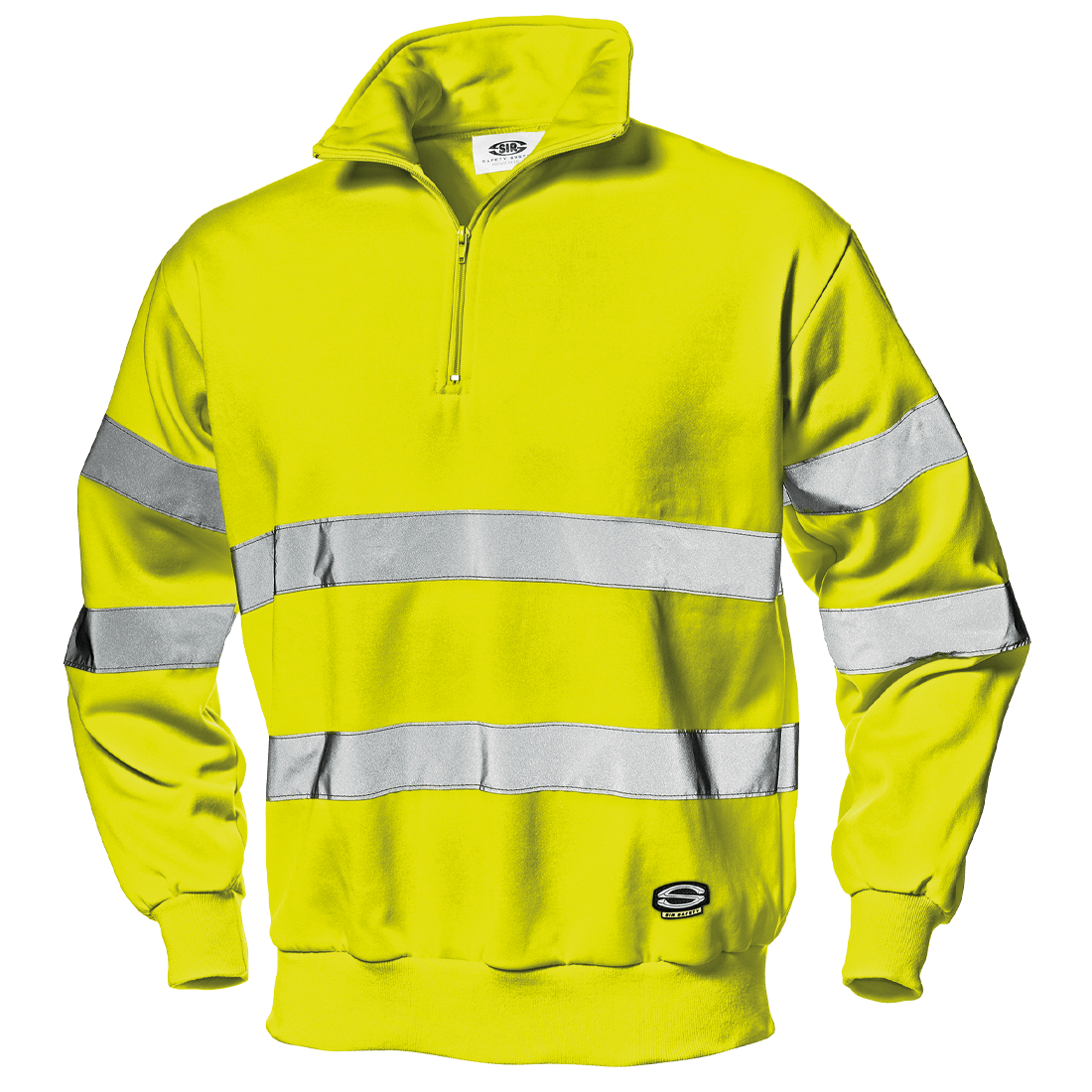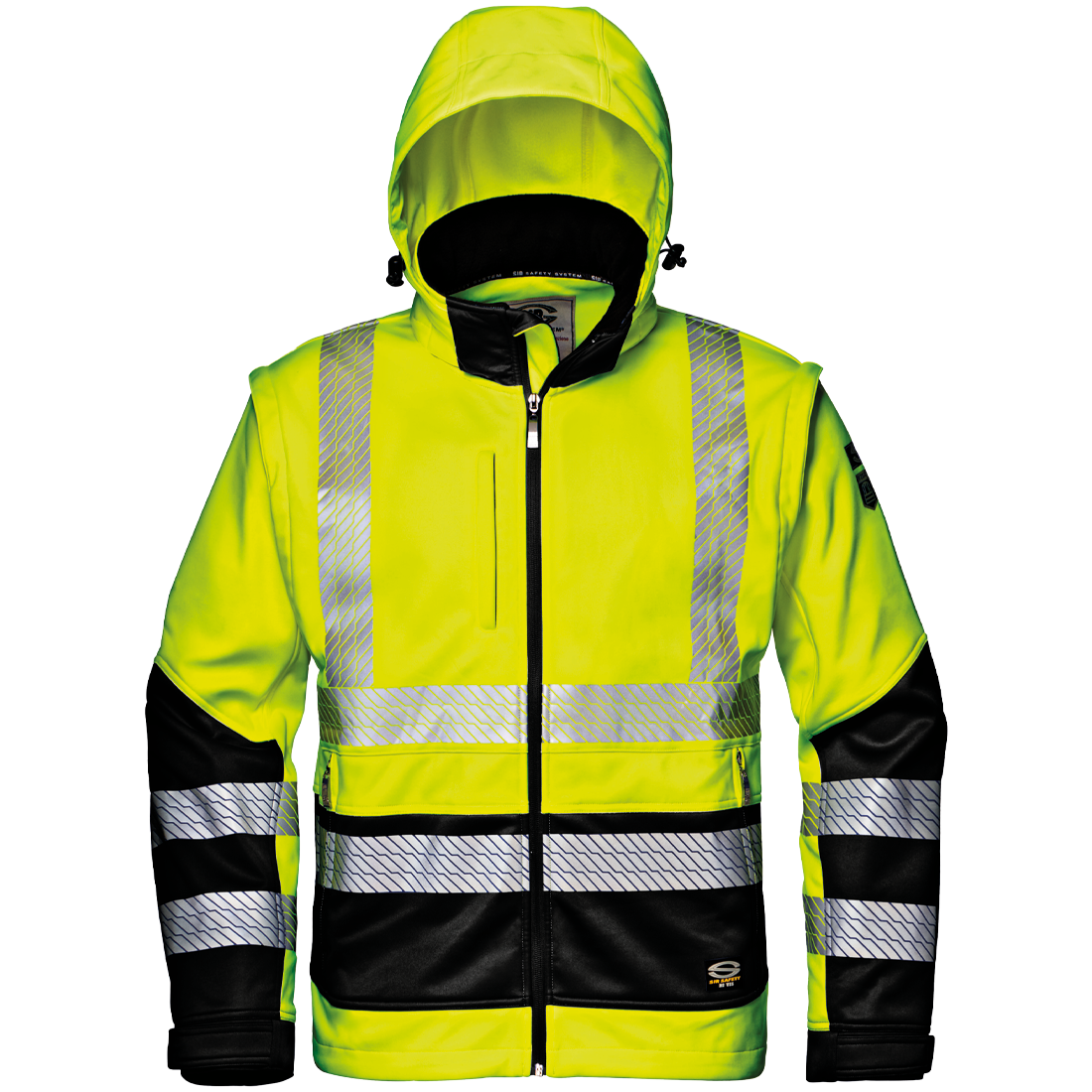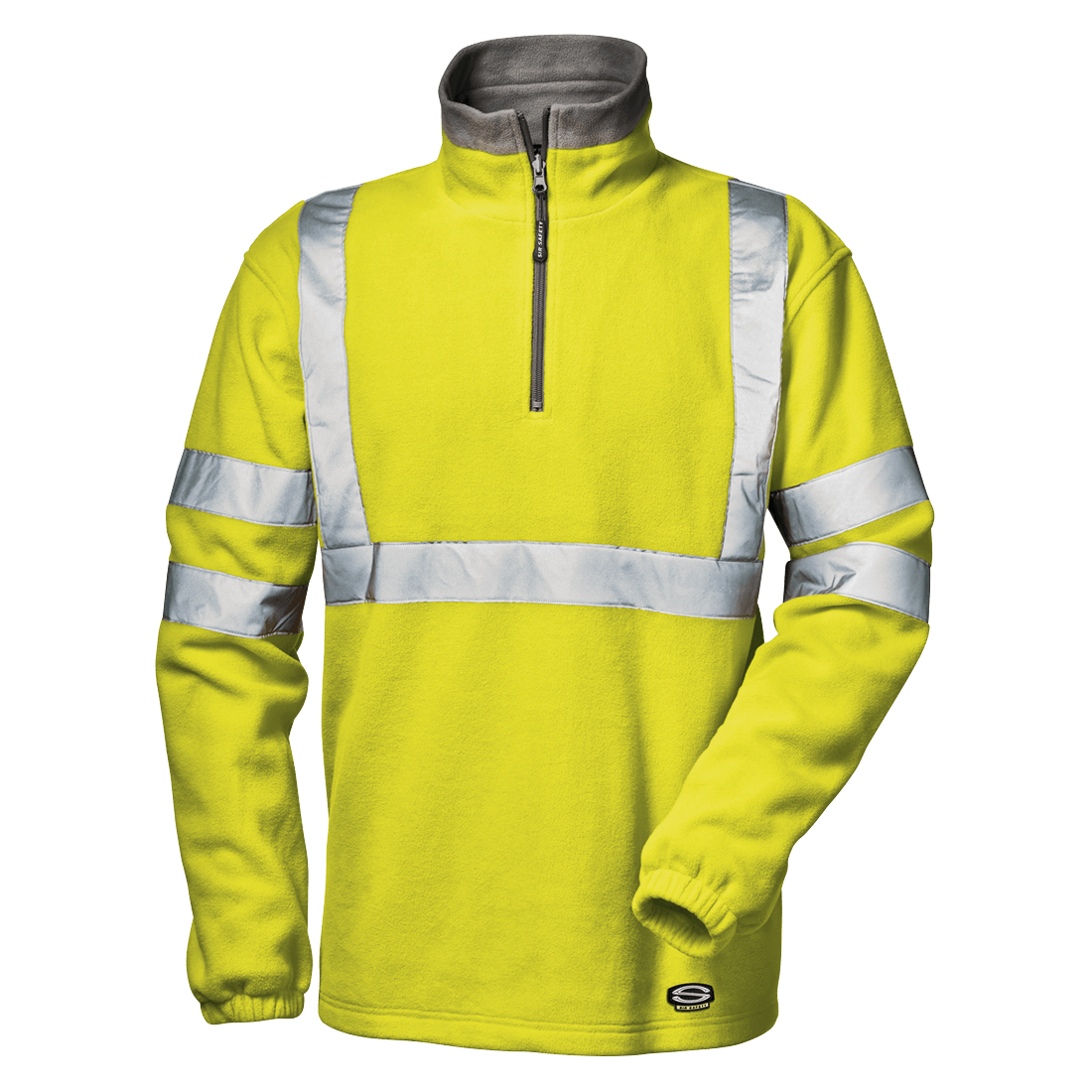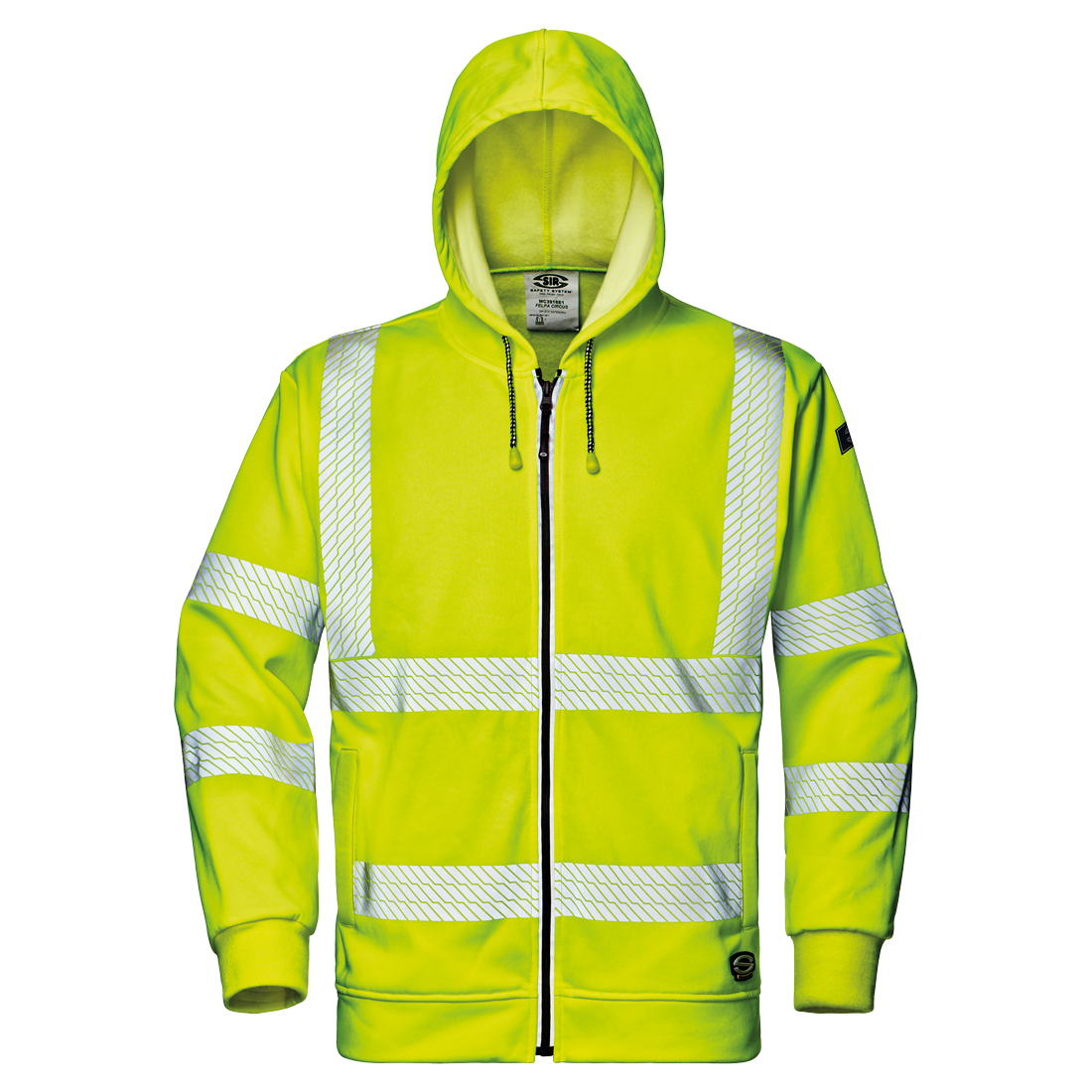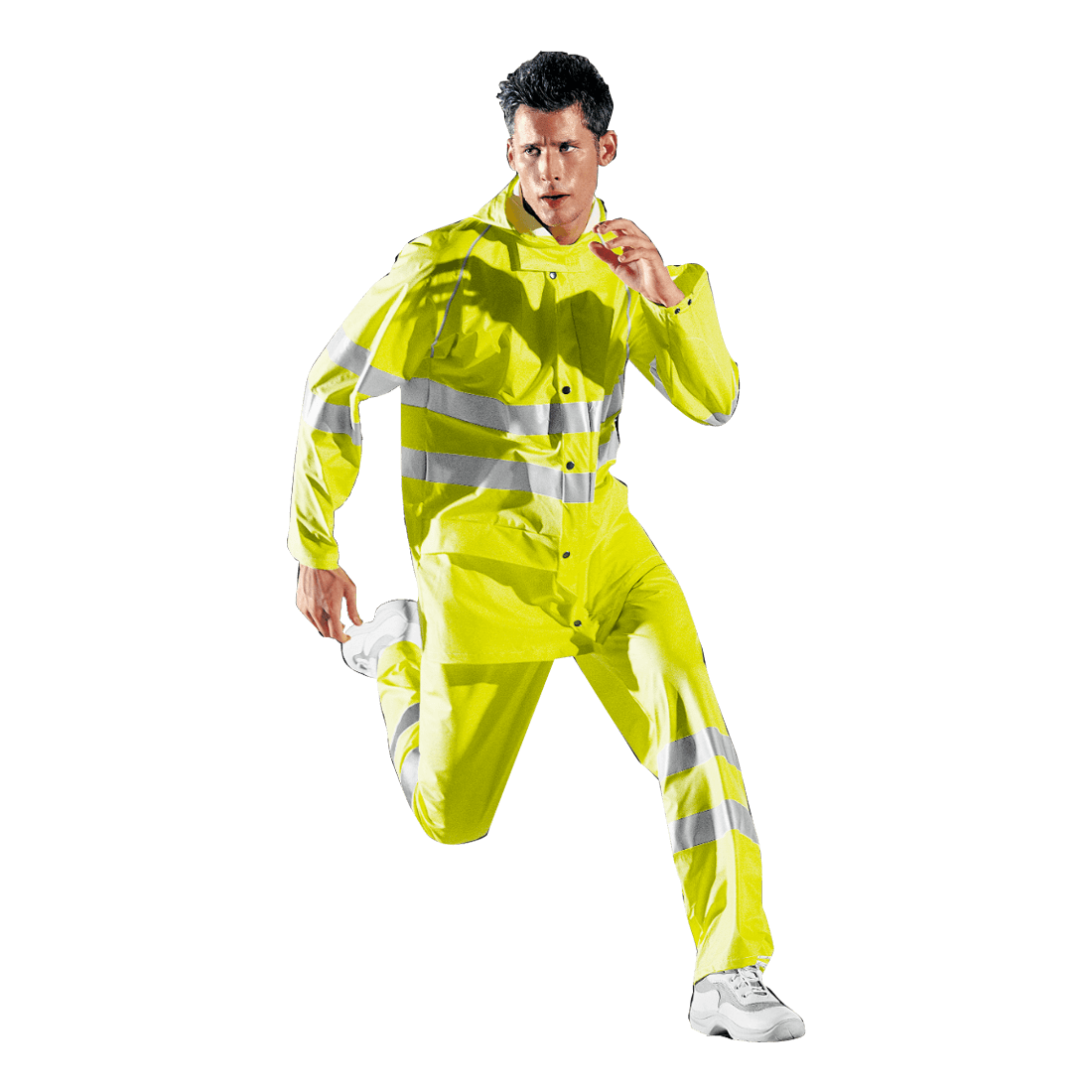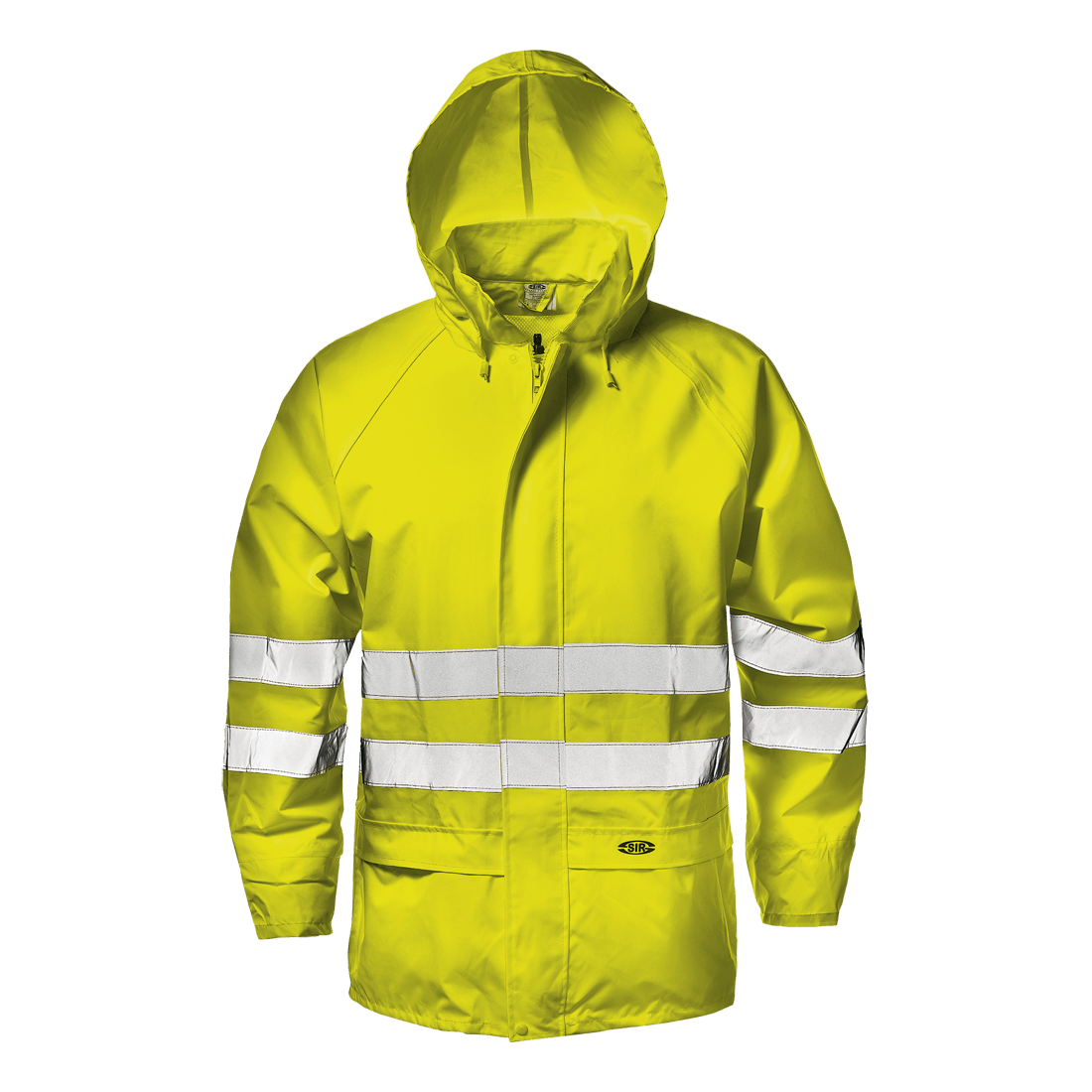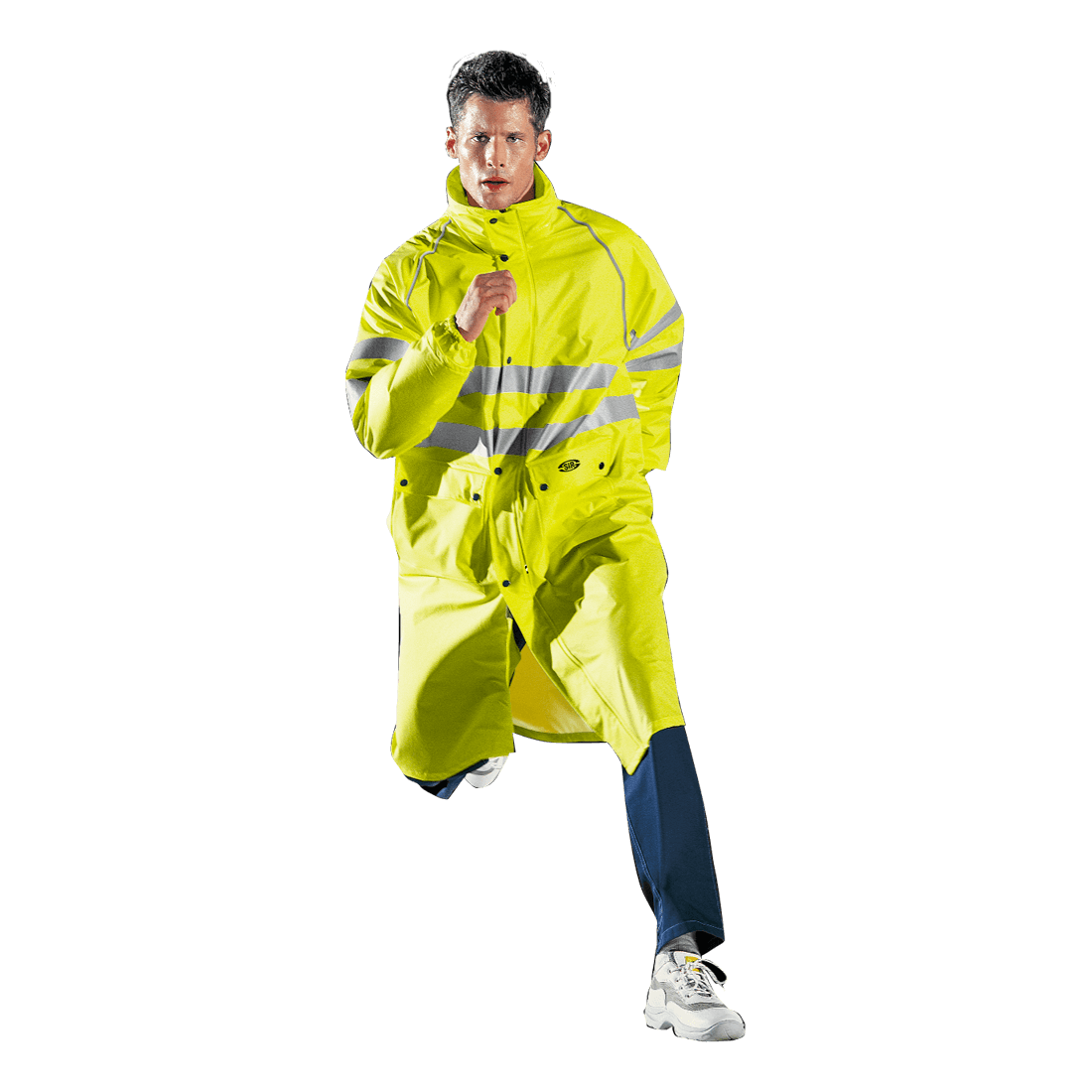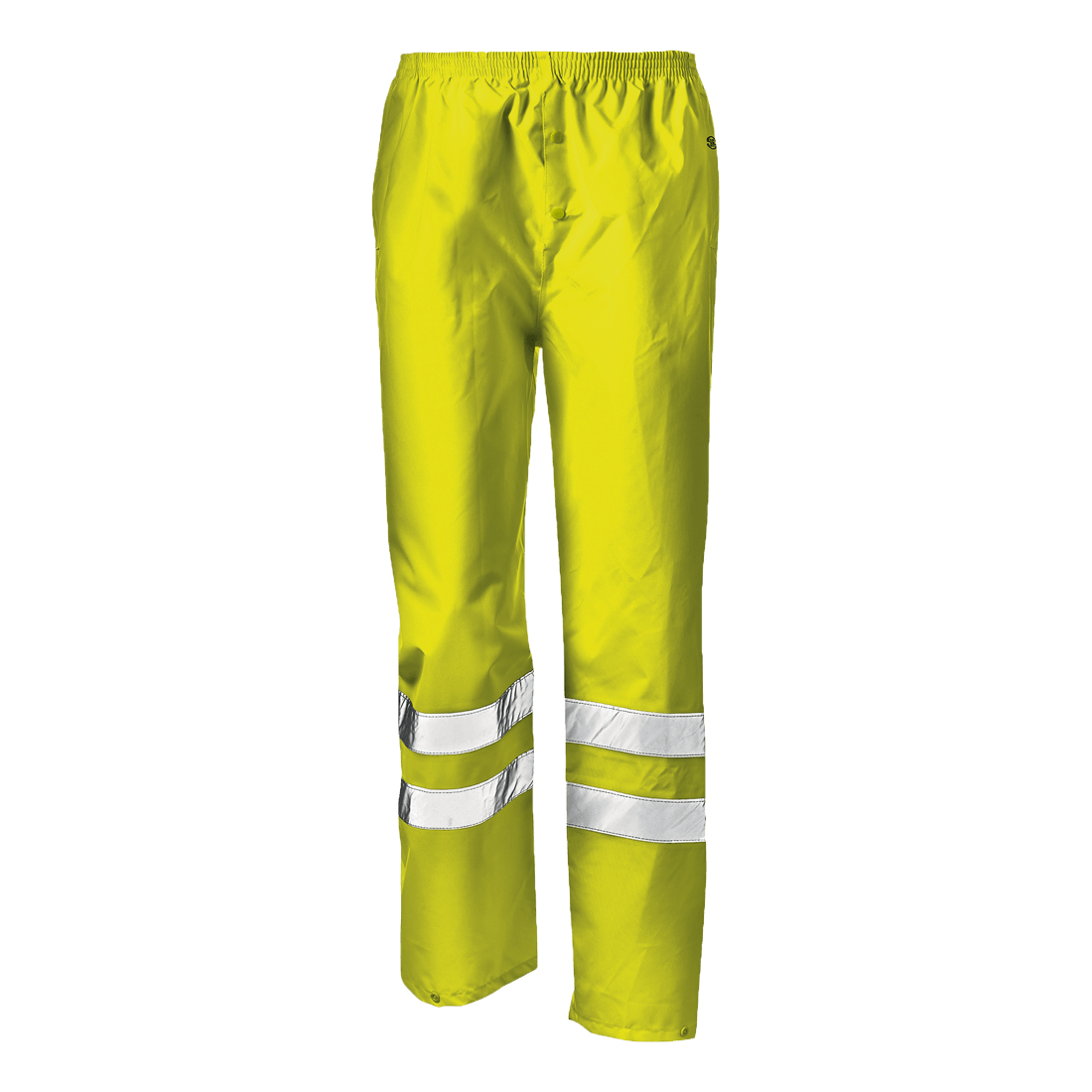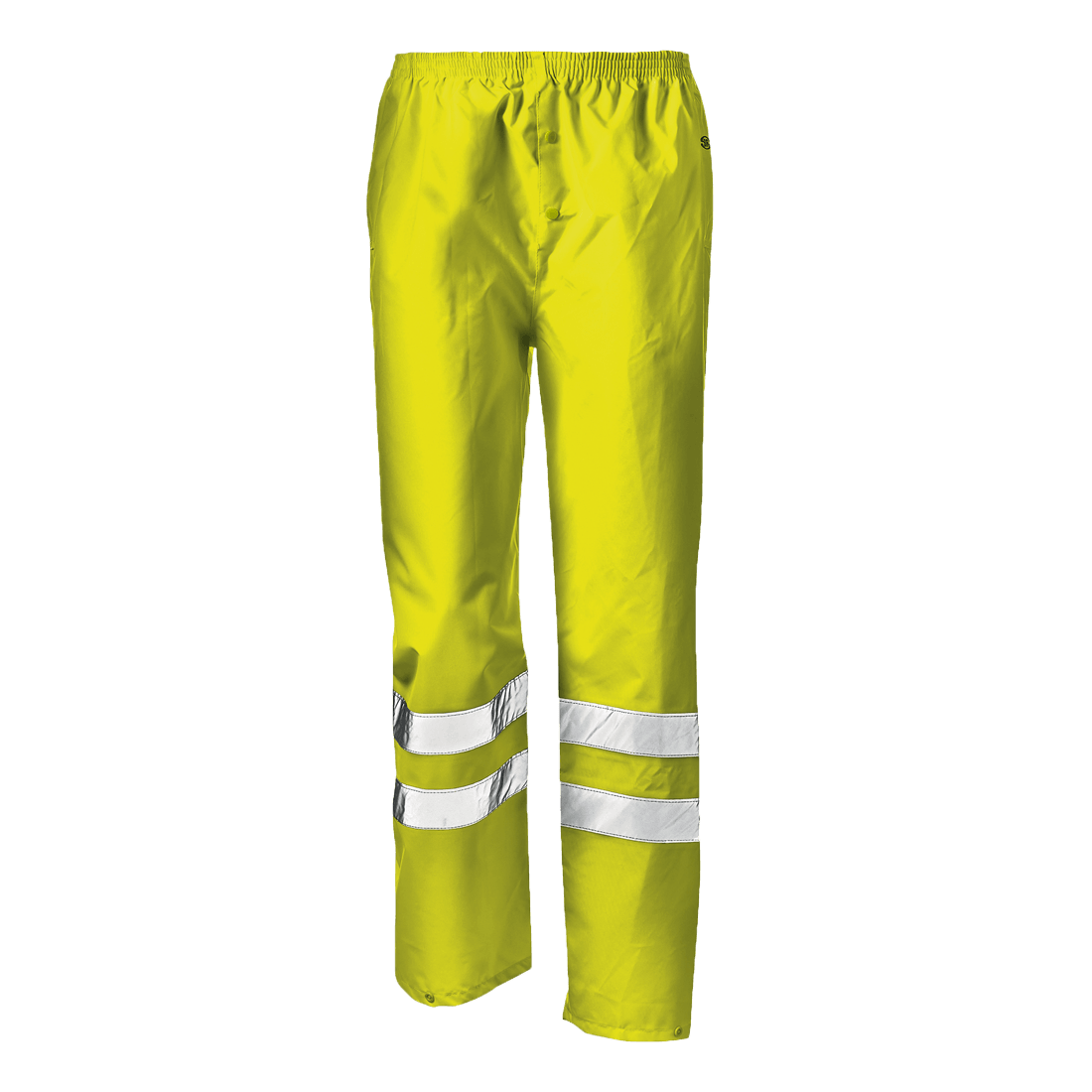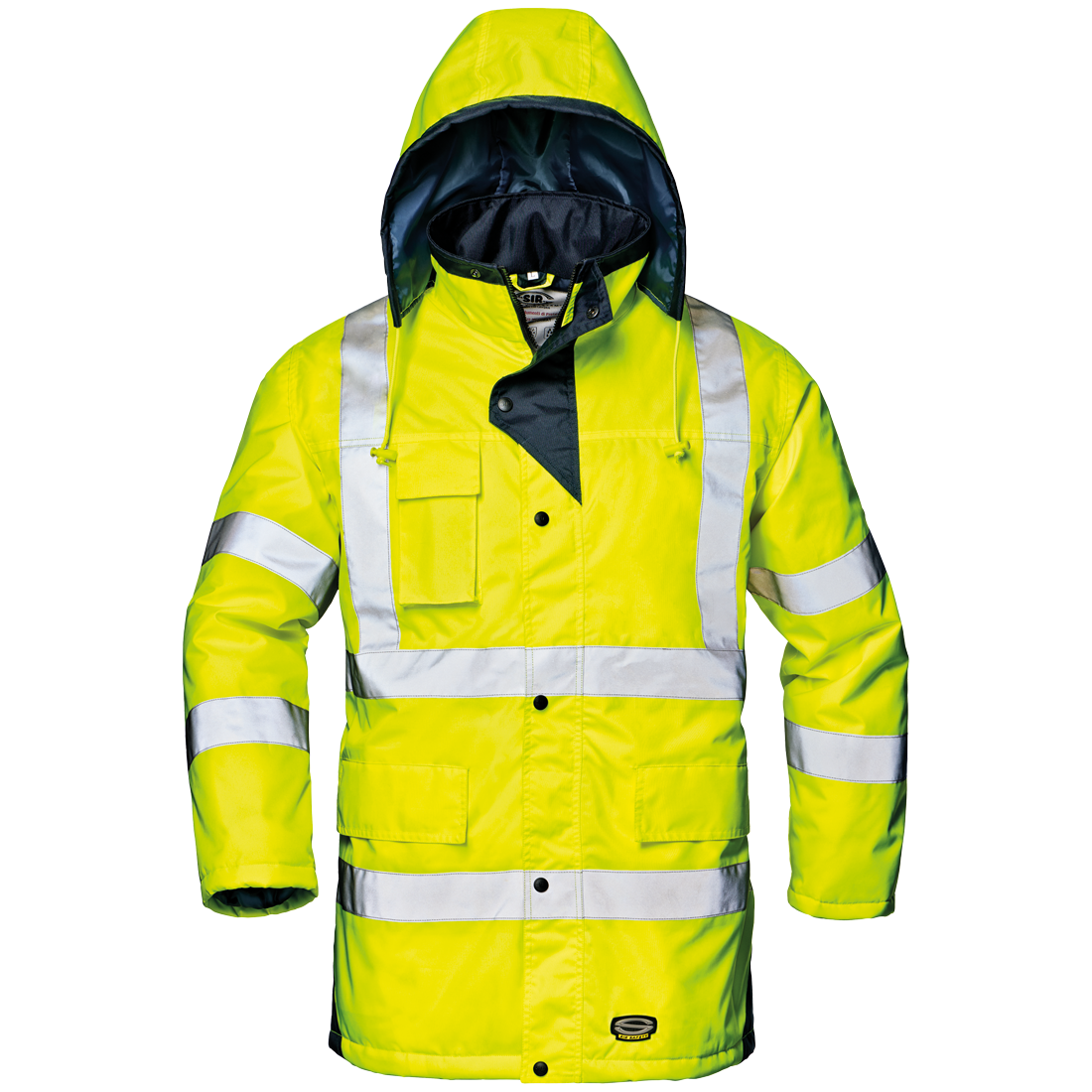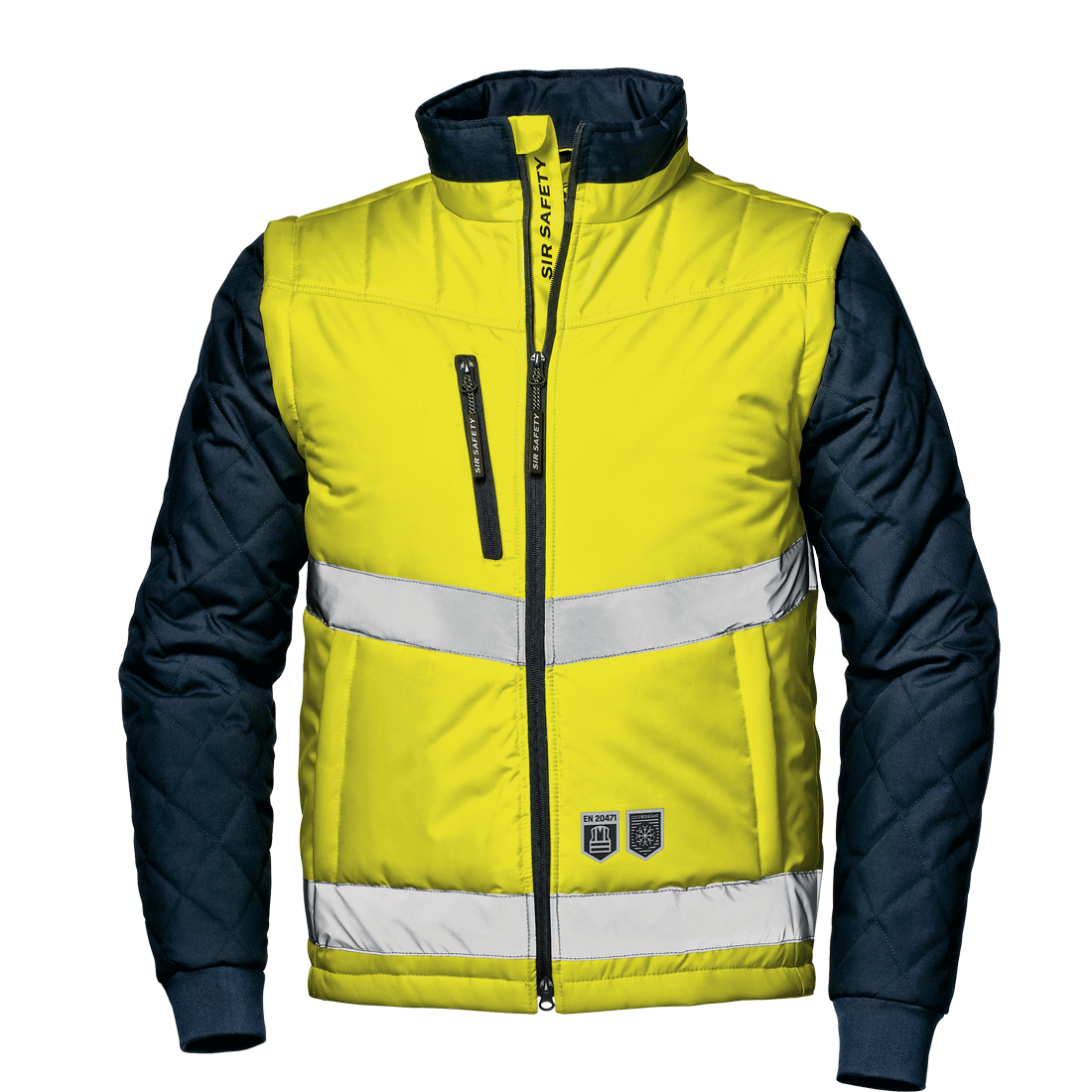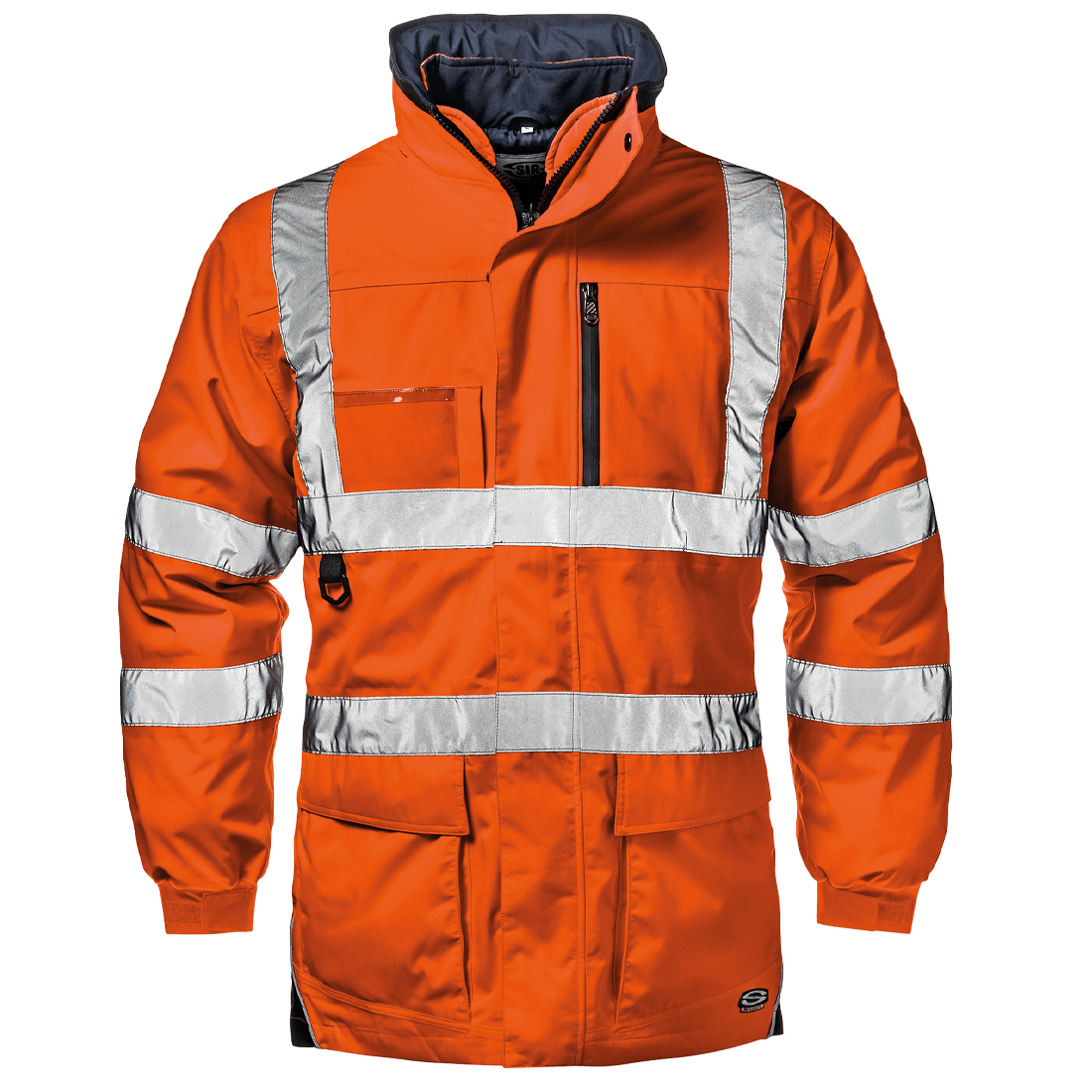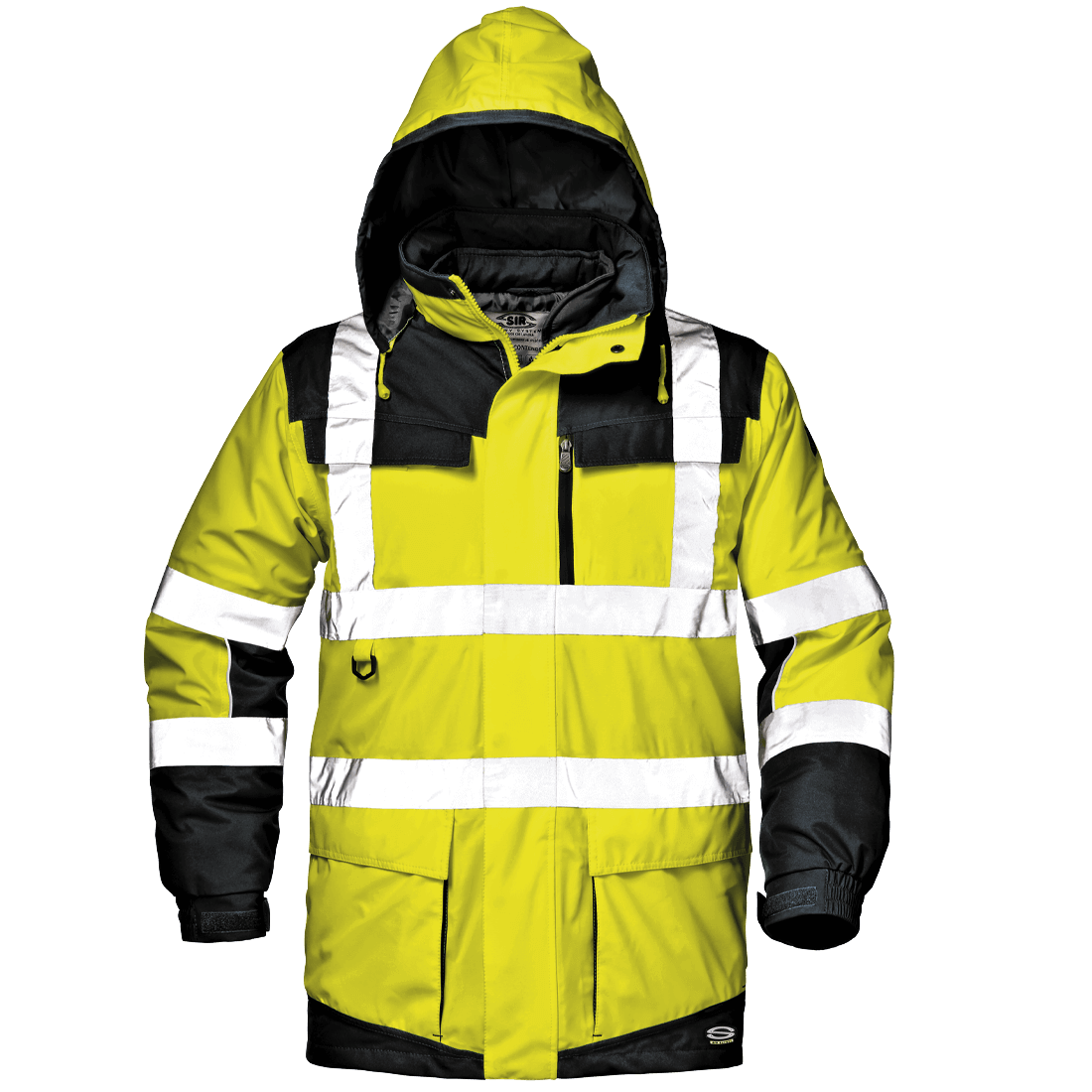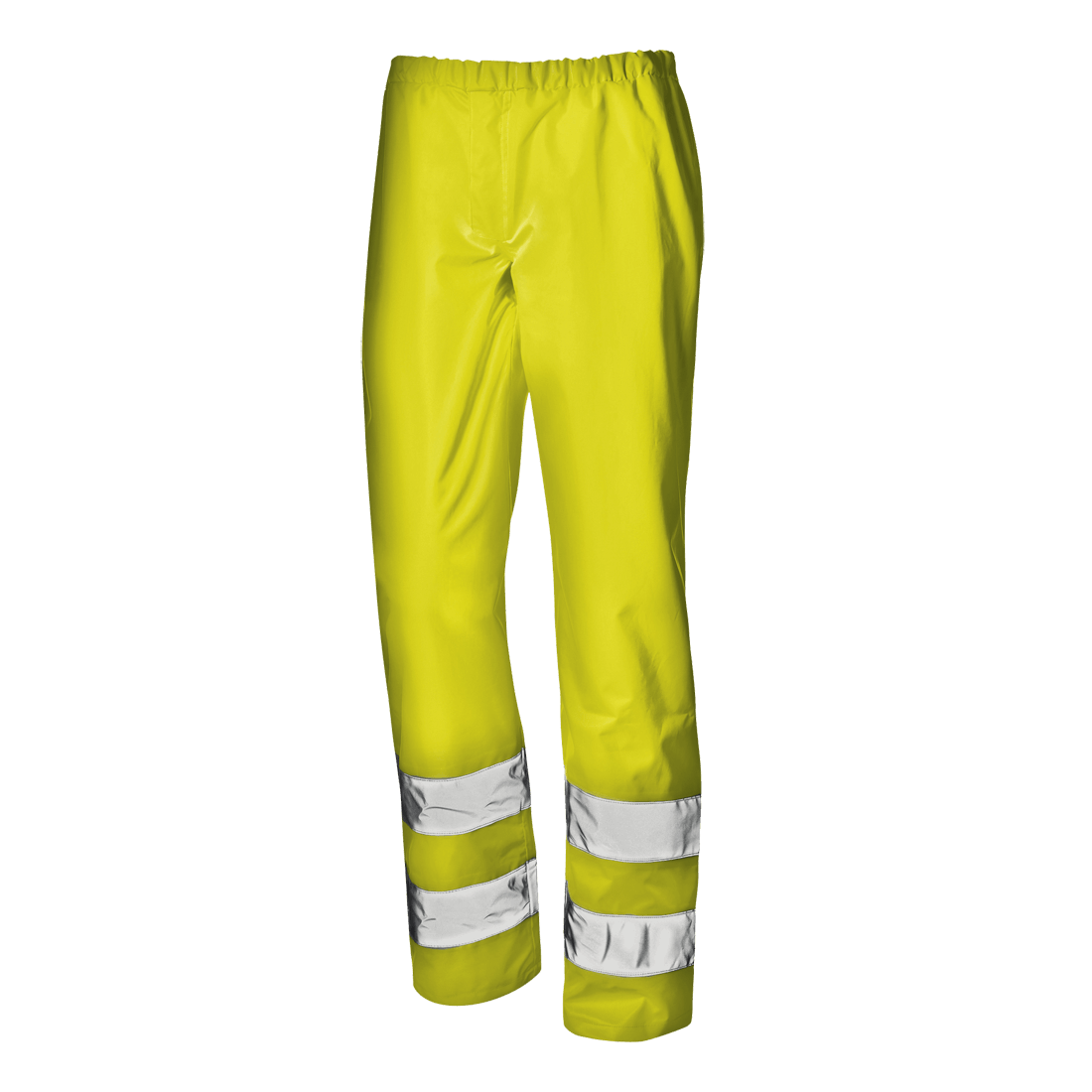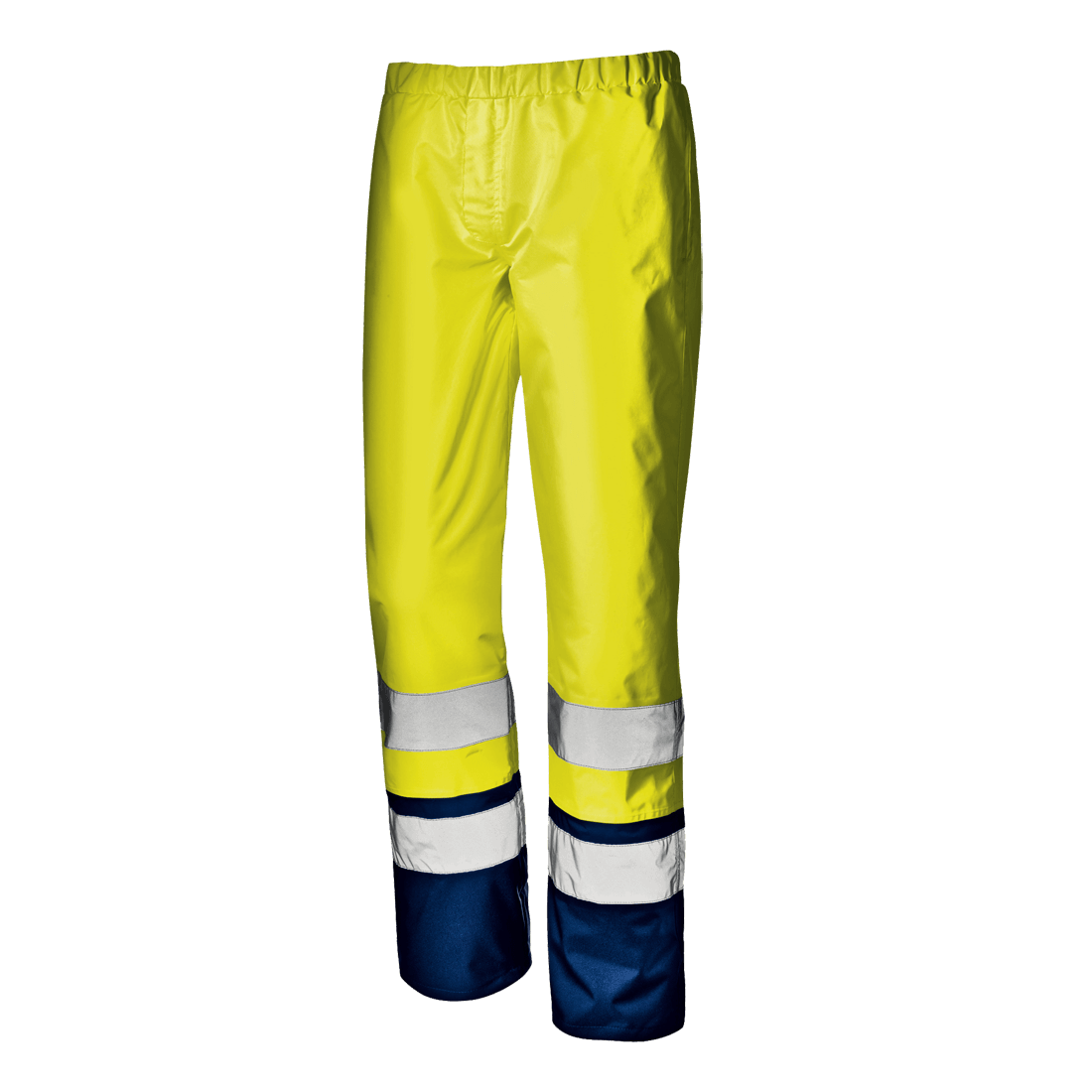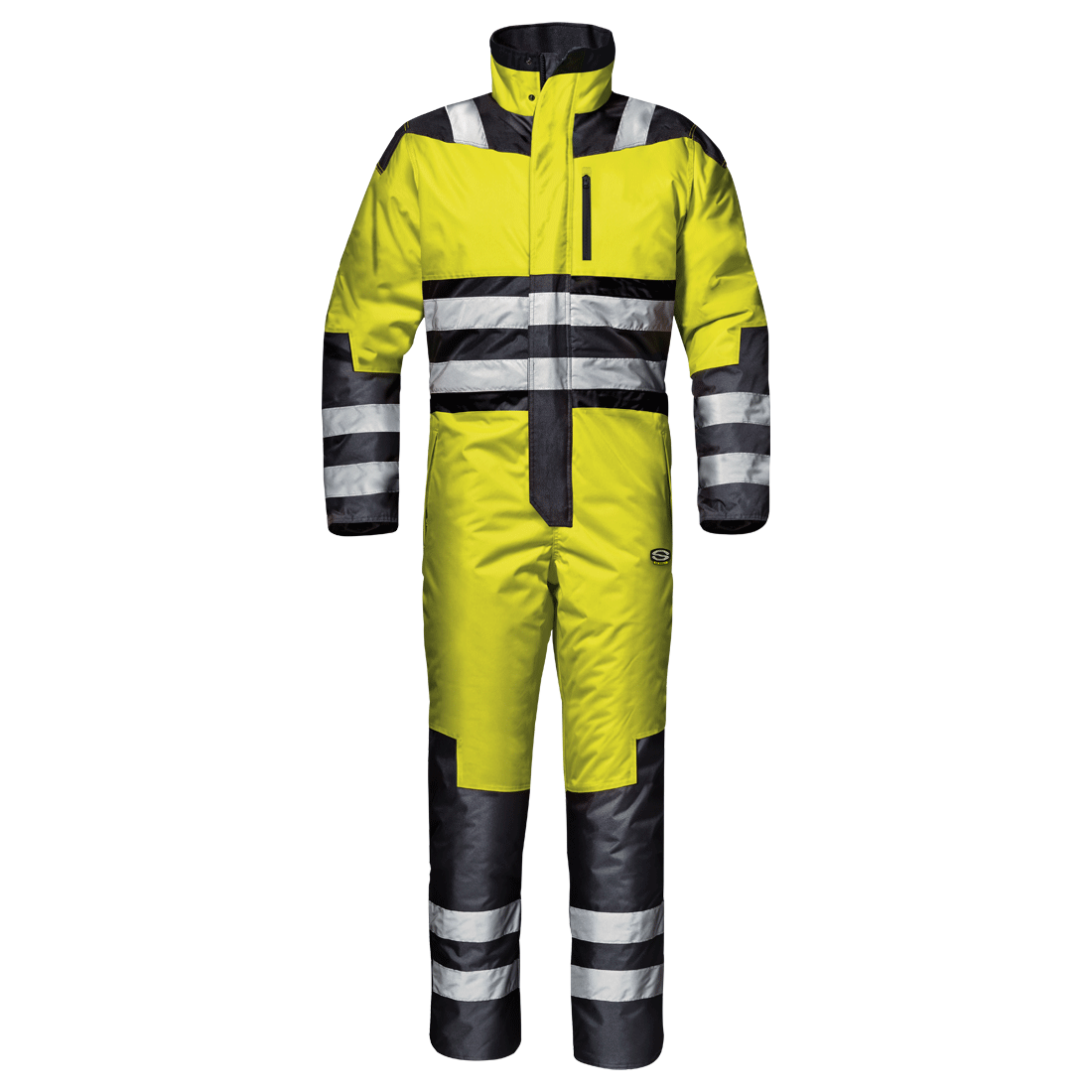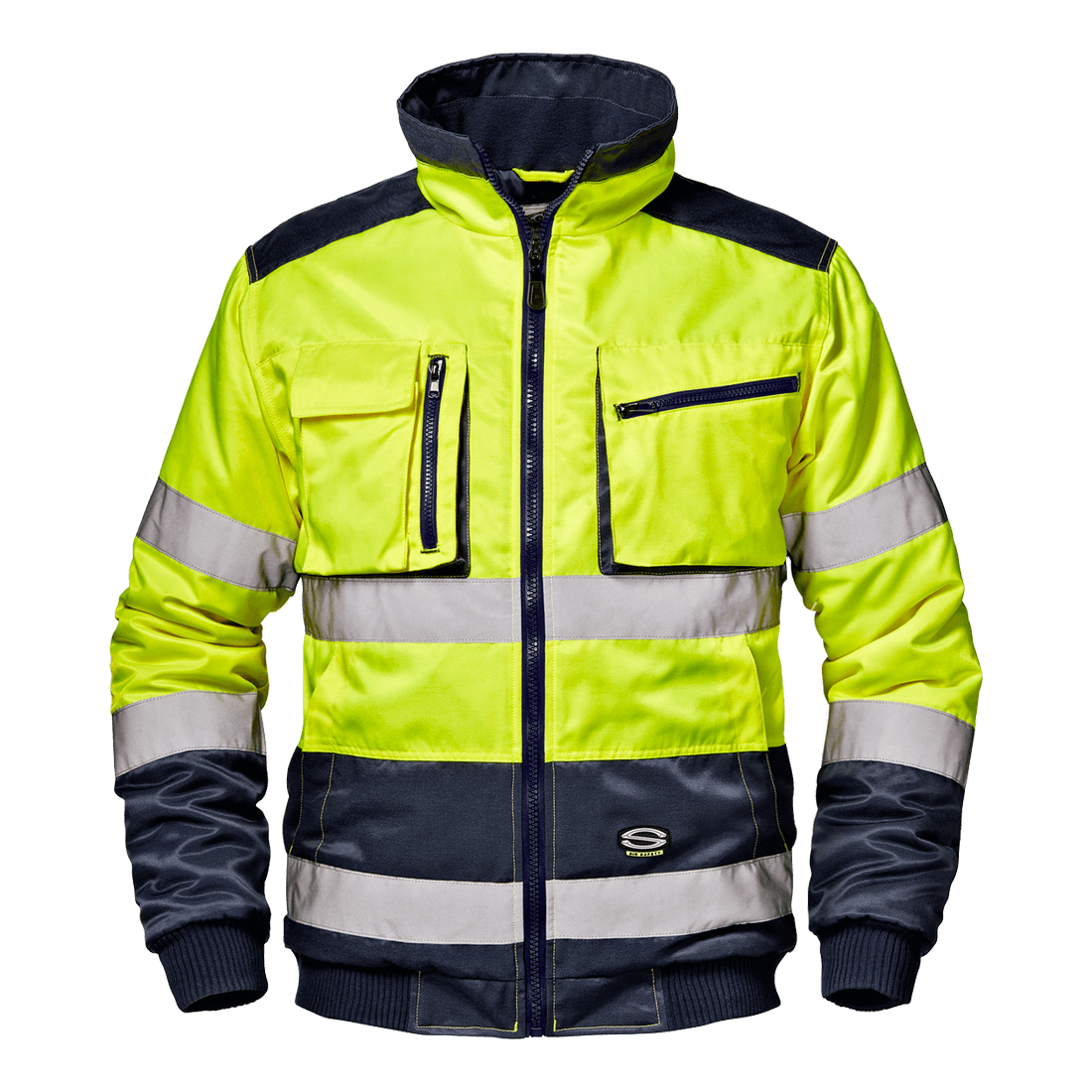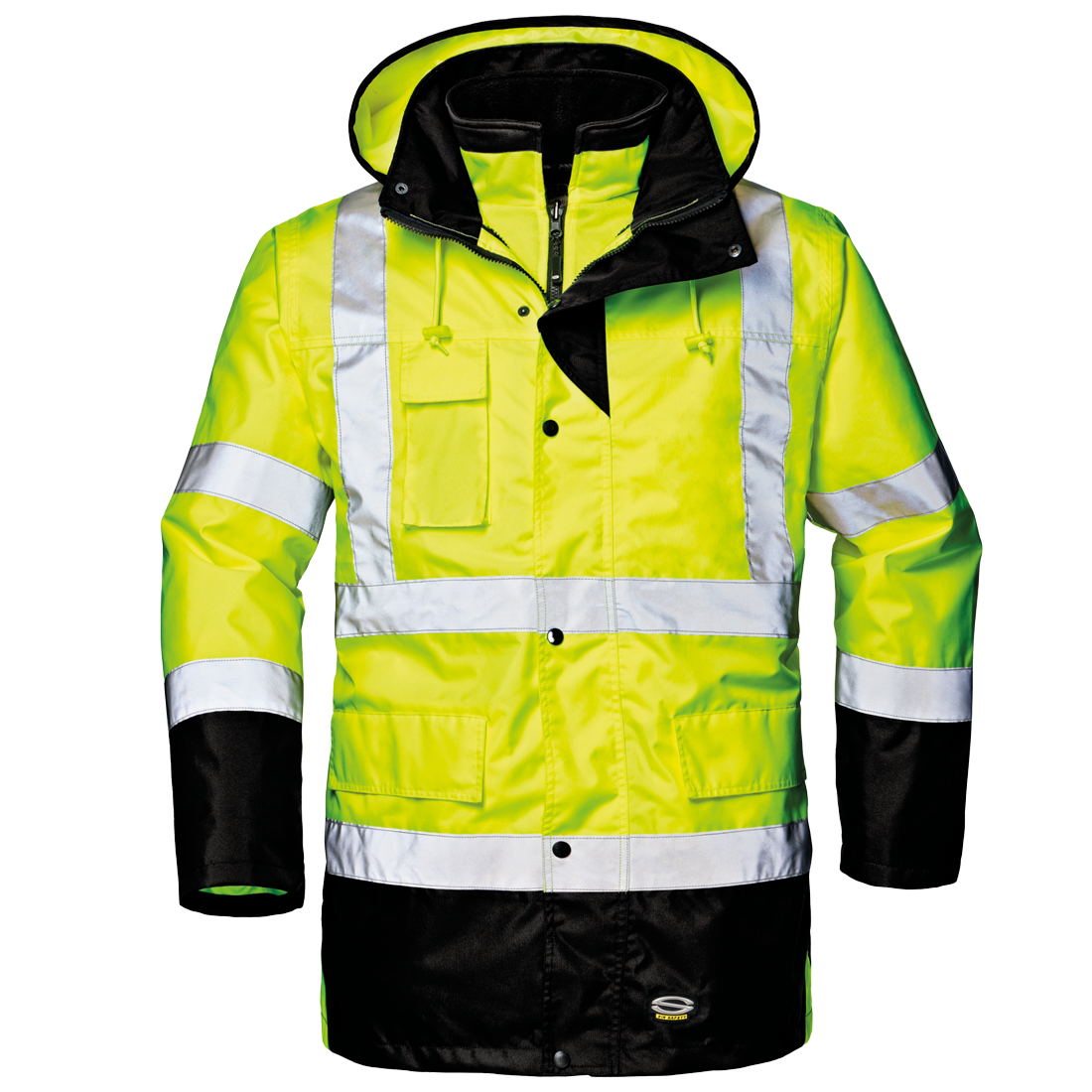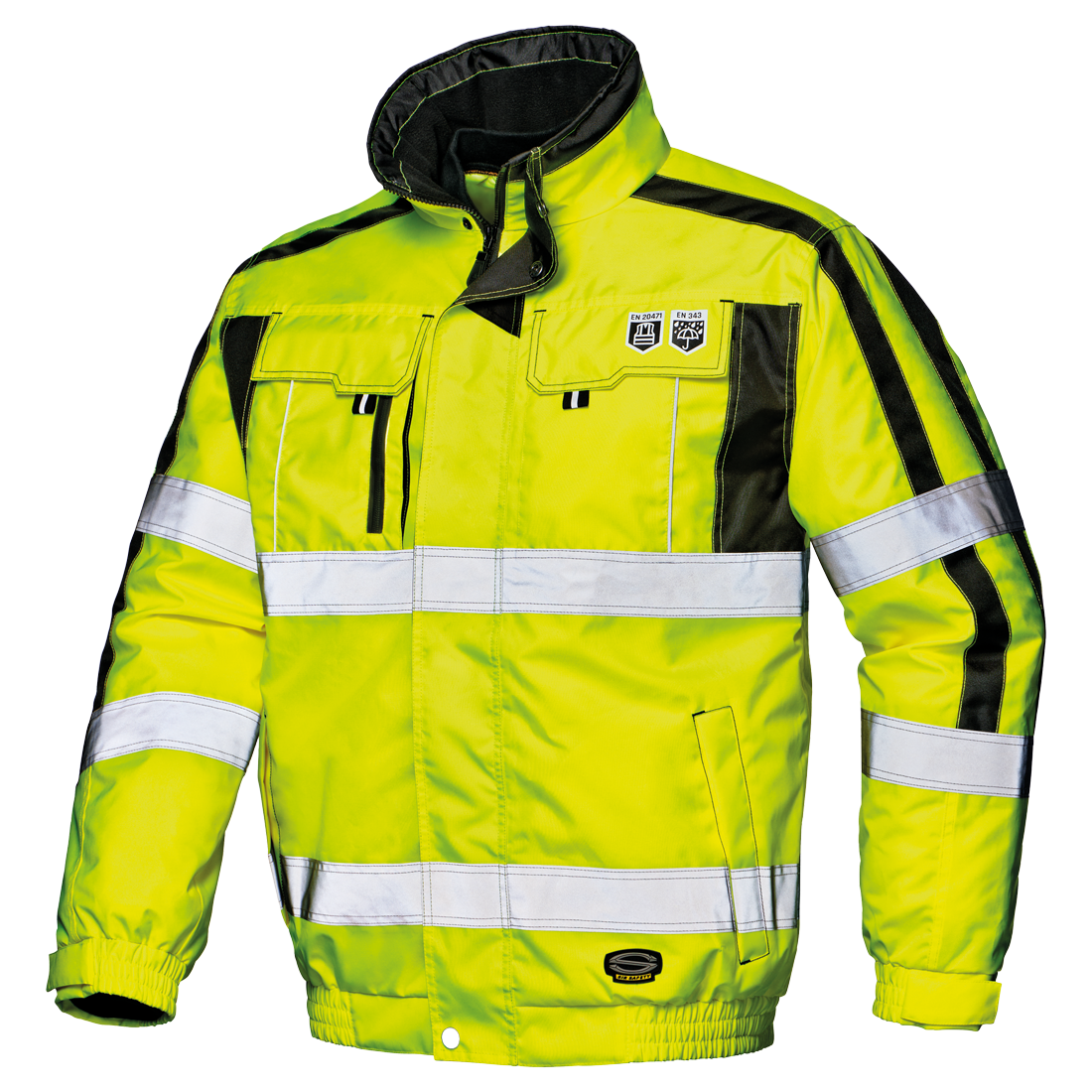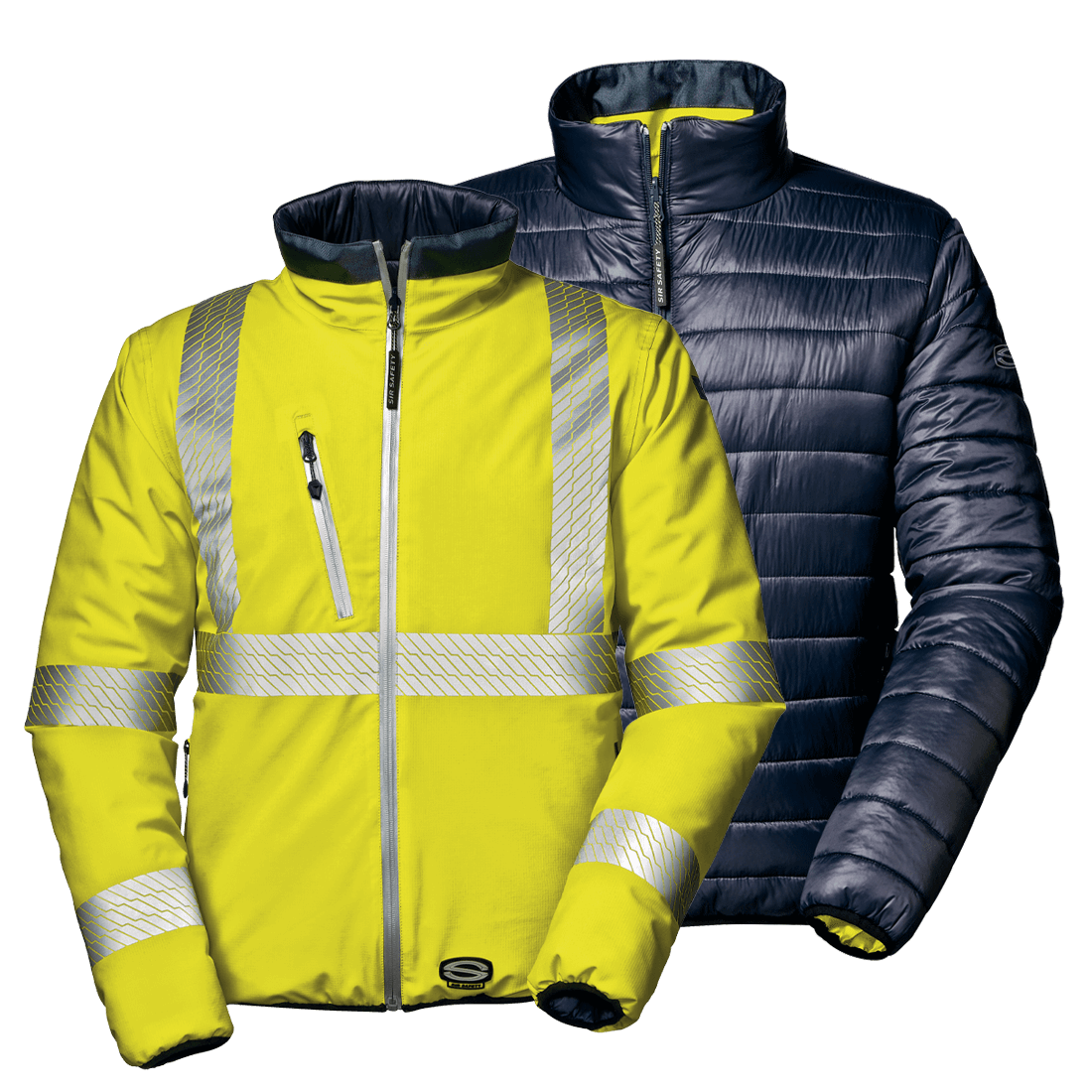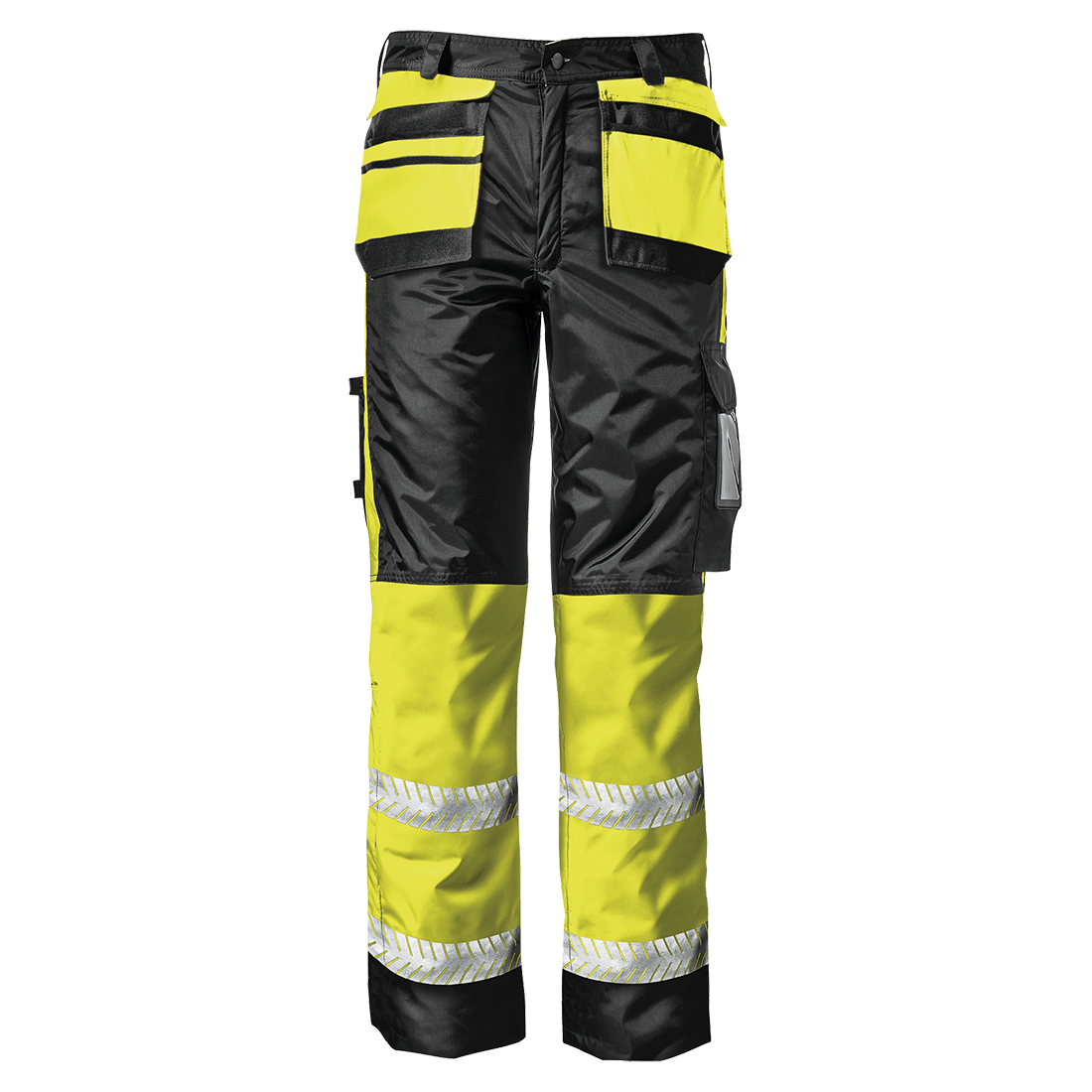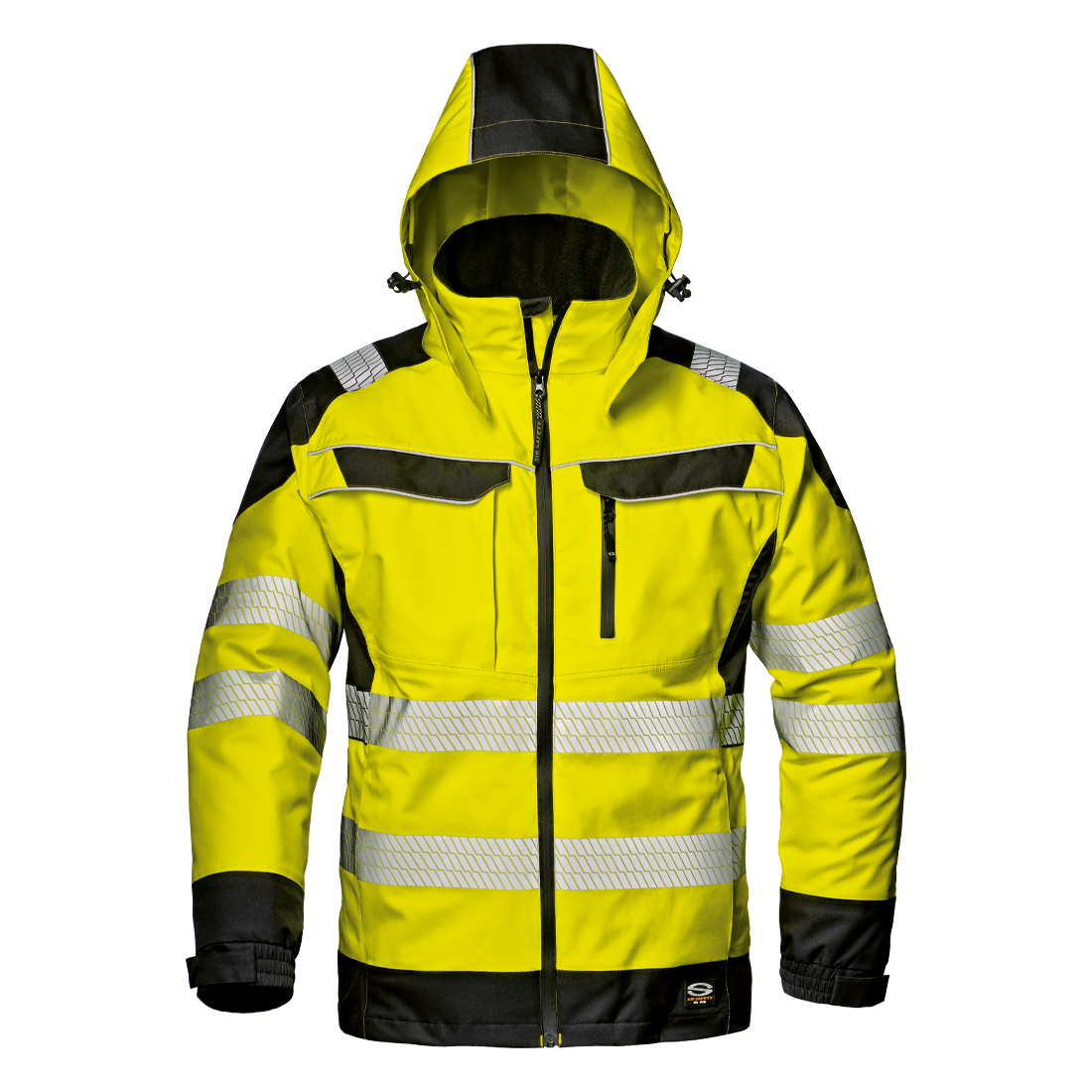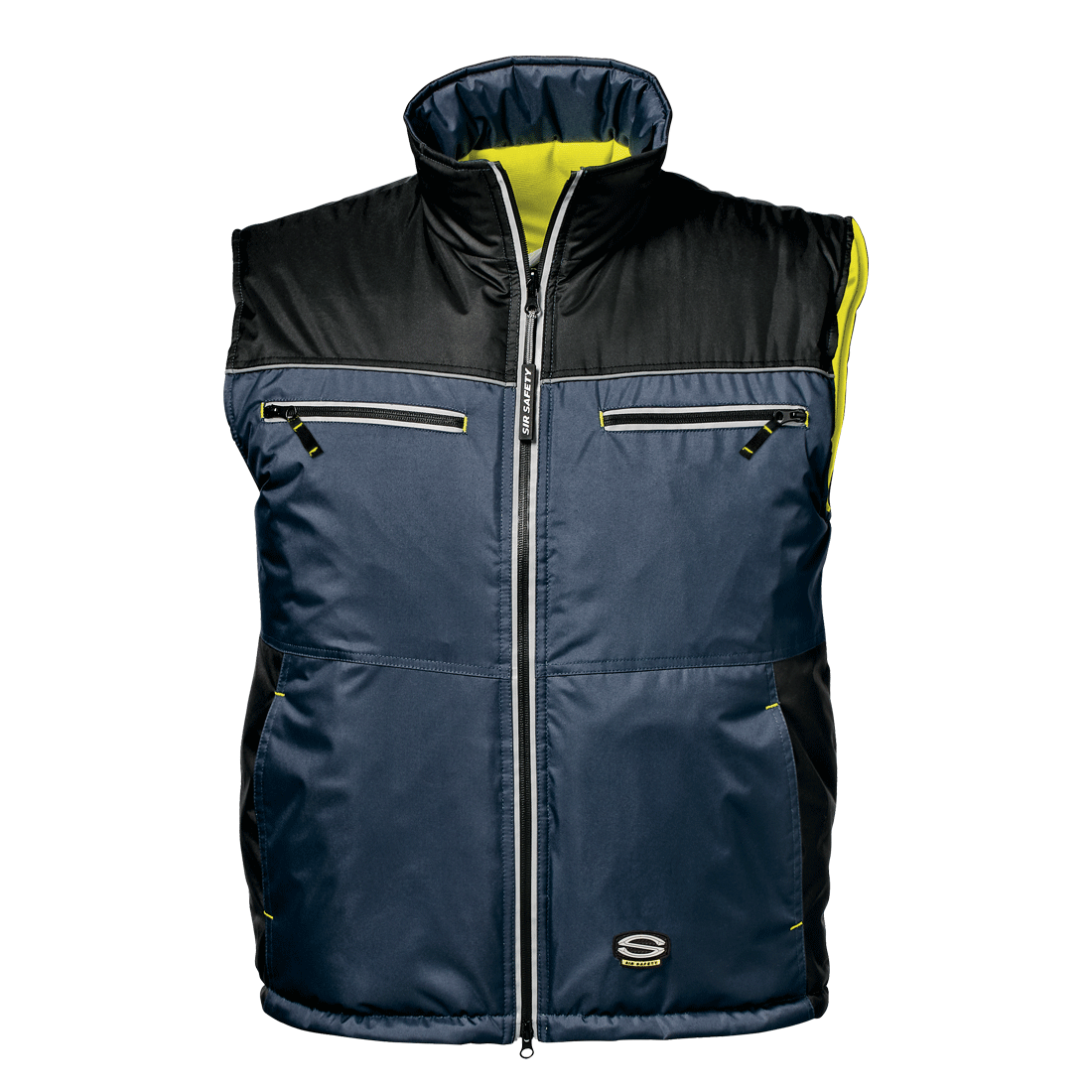In these work contexts, both during the day and night, high visibility clothing is the best solution to visually indicate operator presence, thereby guaranteeing their safety in any light condition; even in the presence of light projected by machinery through headlights, as in the case of road operators involved in traffic. A legal obligation that turns out to also be a good choice from an aspect of operator performance; since it is scientifically proven that wearing suitable clothing for the type of work carried out and therefore able to provide and adequate level of protection, actually affects the work of the operator who is more focused on the activity in progress since they feel protected, without the fear of external risks.
Two main factors guide the choice of high visibility clothing: 1. Work context; 2. Visibility conditions in which the work is carried out. EU standard UNI EN ISO 20471 specifies the requirements, setting forth 3 protection classes. The higher the risk, the higher the surface of fluorescent and/or retro-reflective material that must be present on the garment.
CLASS 1: MINIMUM LEVEL.
This may be worn on private roads or by people who visit sites on which Class 3 clothing is required for occasional or short-term operations and escorted by people who work on the said site. It can also be used in service and transport sectors.
CLASS 2: MEDIUM LEVEL.
It can be worn by people who supervise activities requiring Class 3 clothing. They must be worn outdoors in good weather conditions and where visibility is adequate.
CLASS 3: MAXIMUM LEVEL.
It must be worn by all those who work on road work sites with a speed limit above 60 km/h, on railway tracks, in airports and during rescue operations. Class 3 can be achieved by choosing EN ISO 20471 certified products in Class 3, or by combining two products that together achieve Class 3 classification.
Industries
- CONSTRUCTION AND ROAD WORKS
- LOGISTICS



